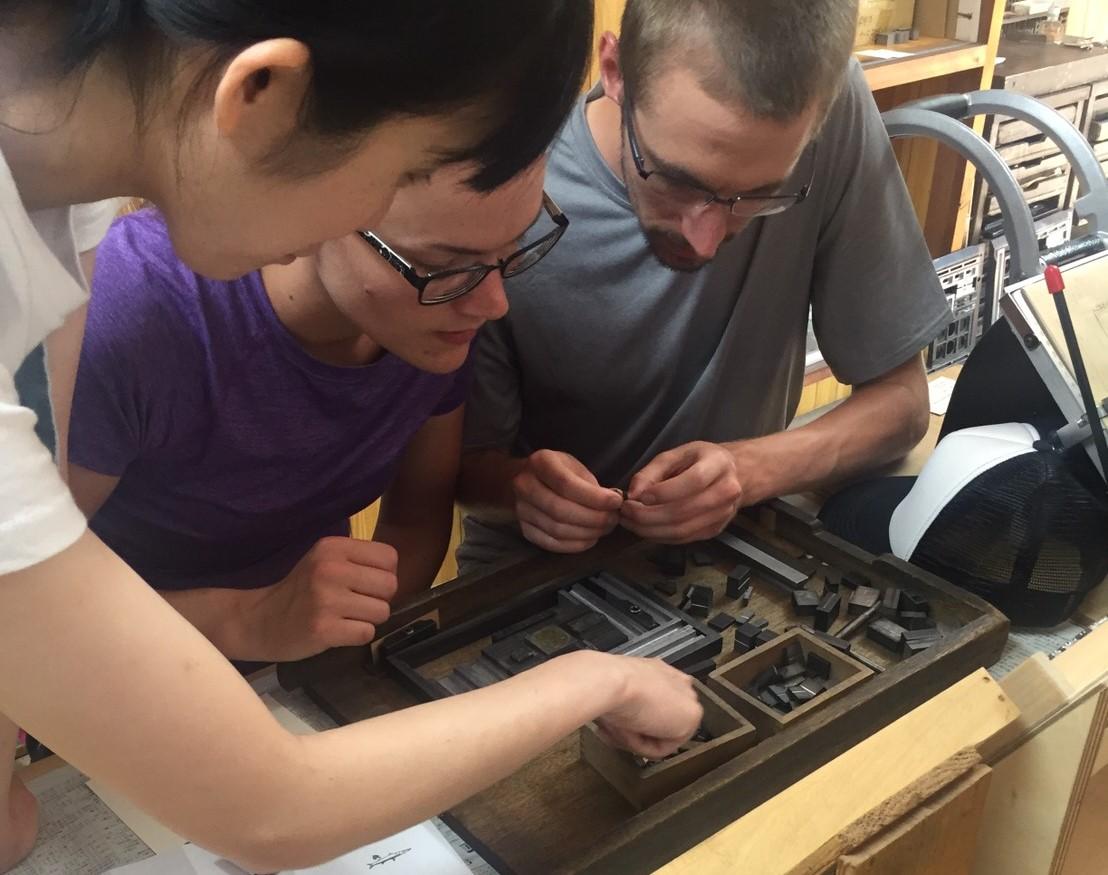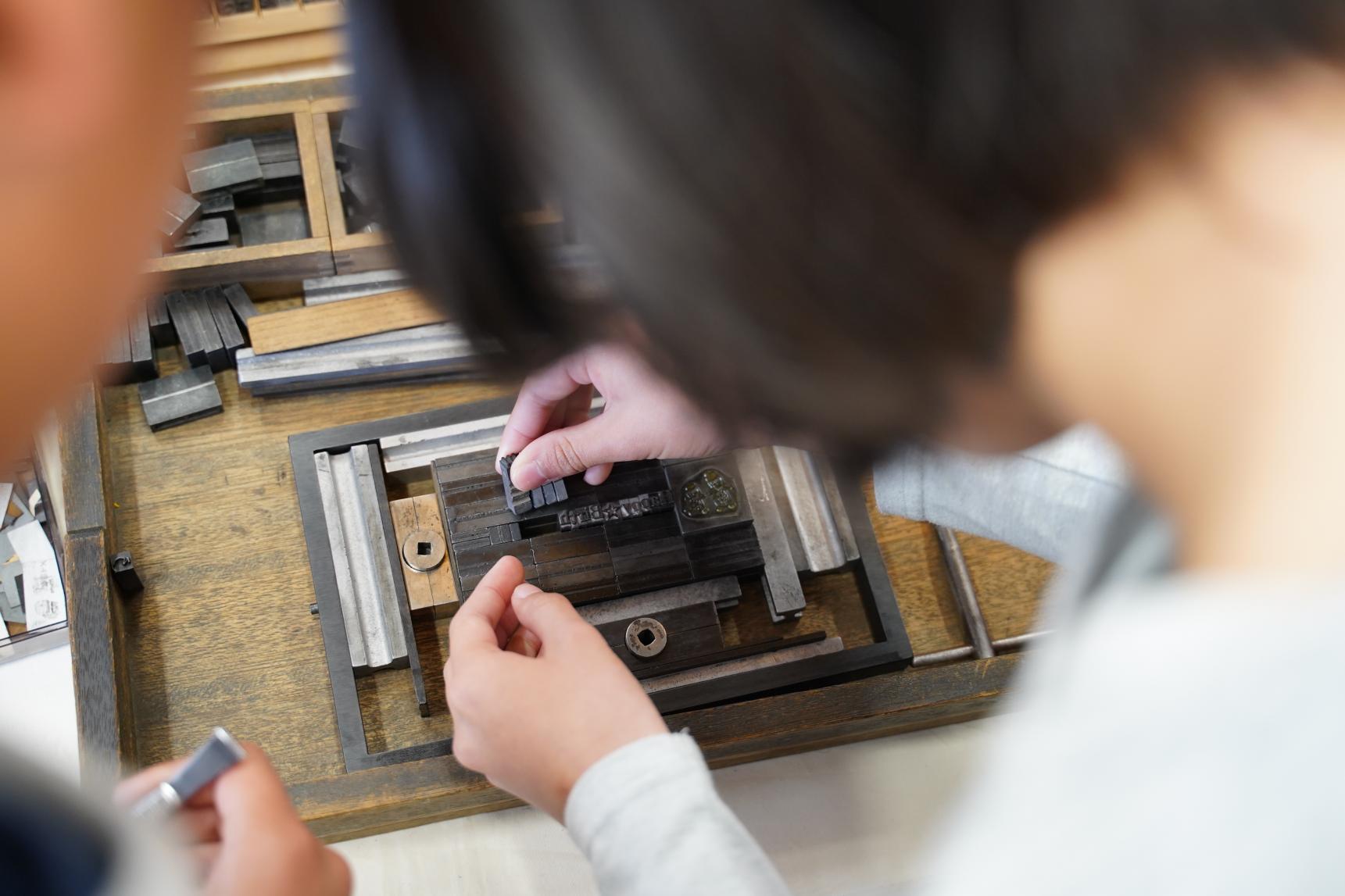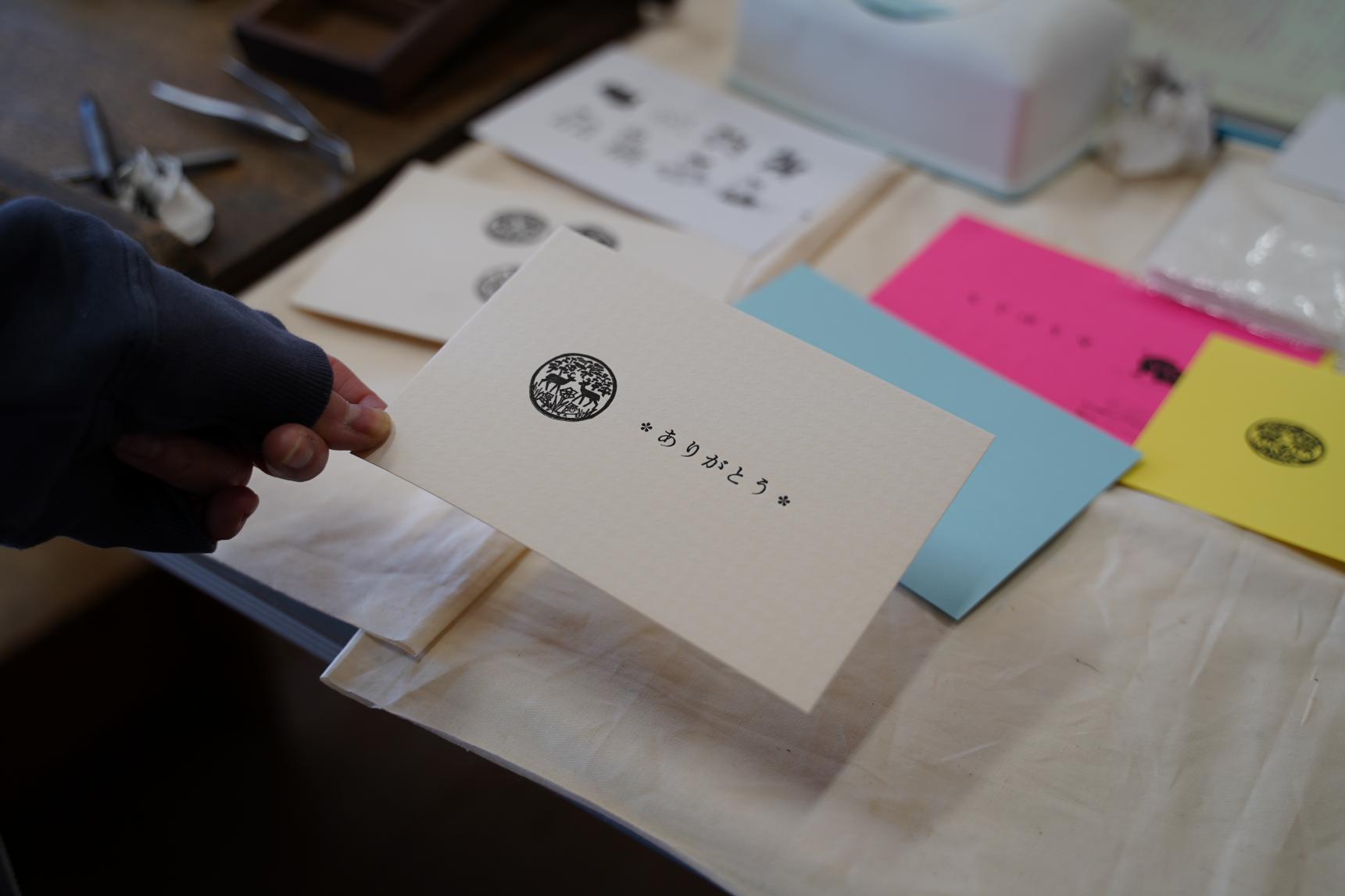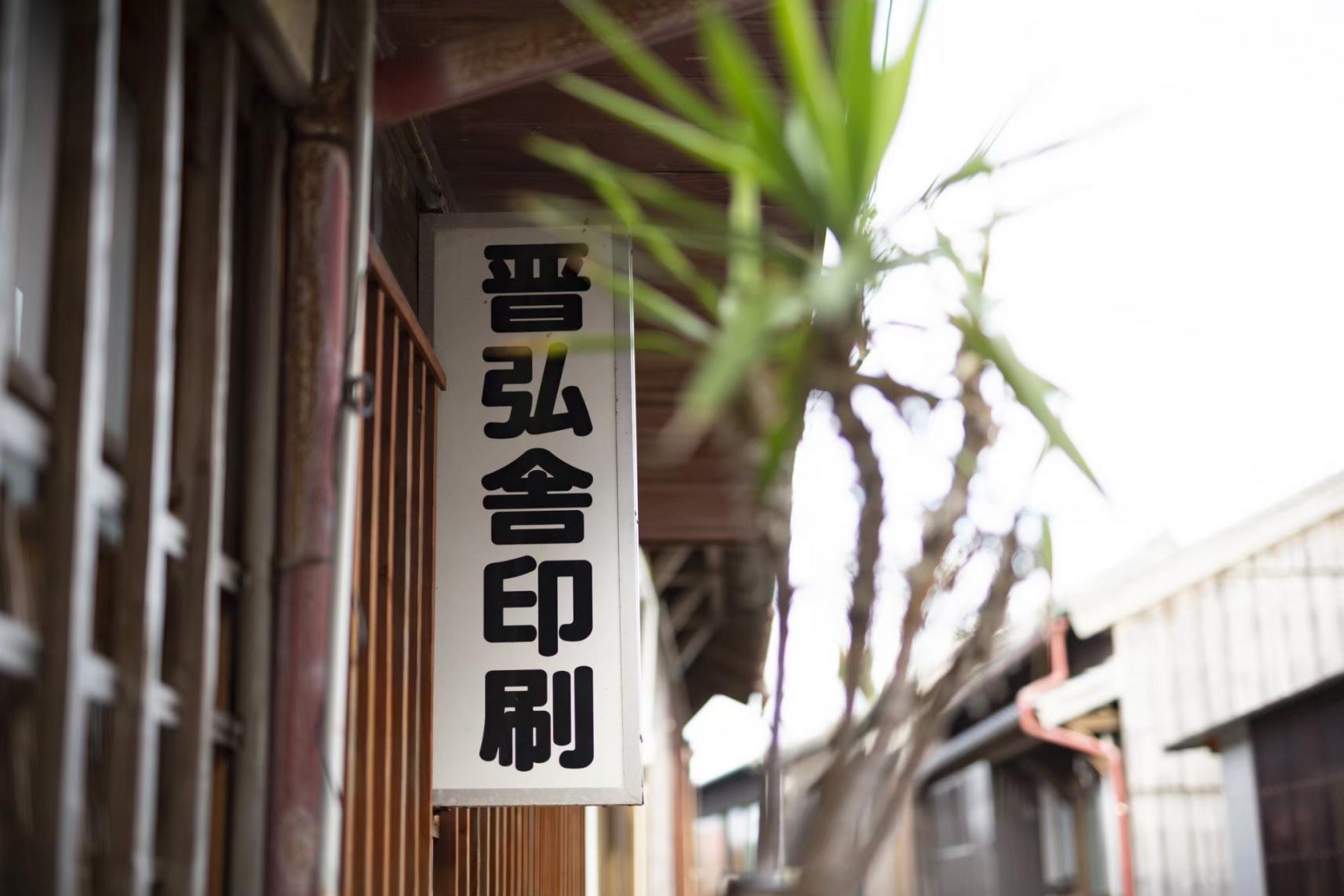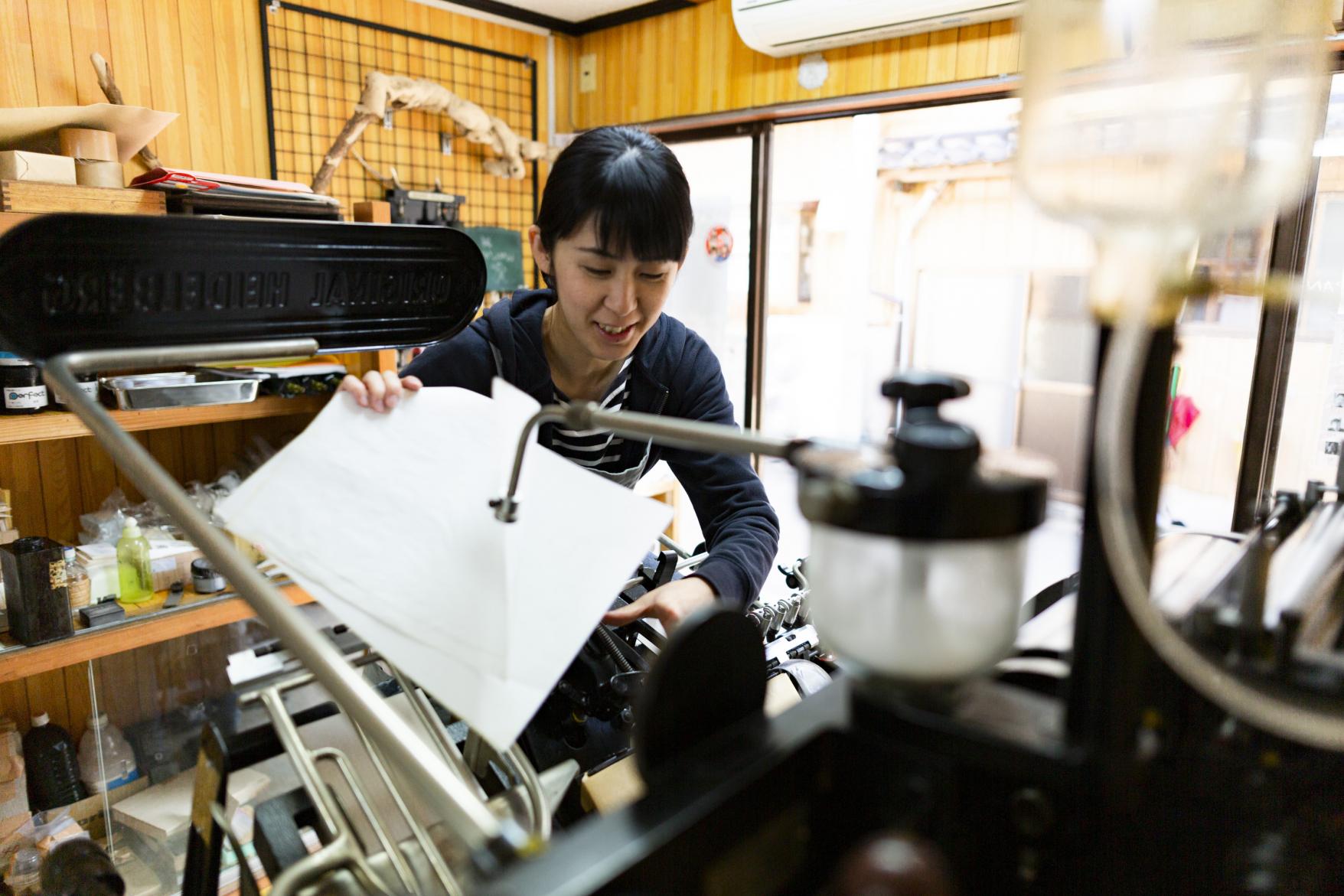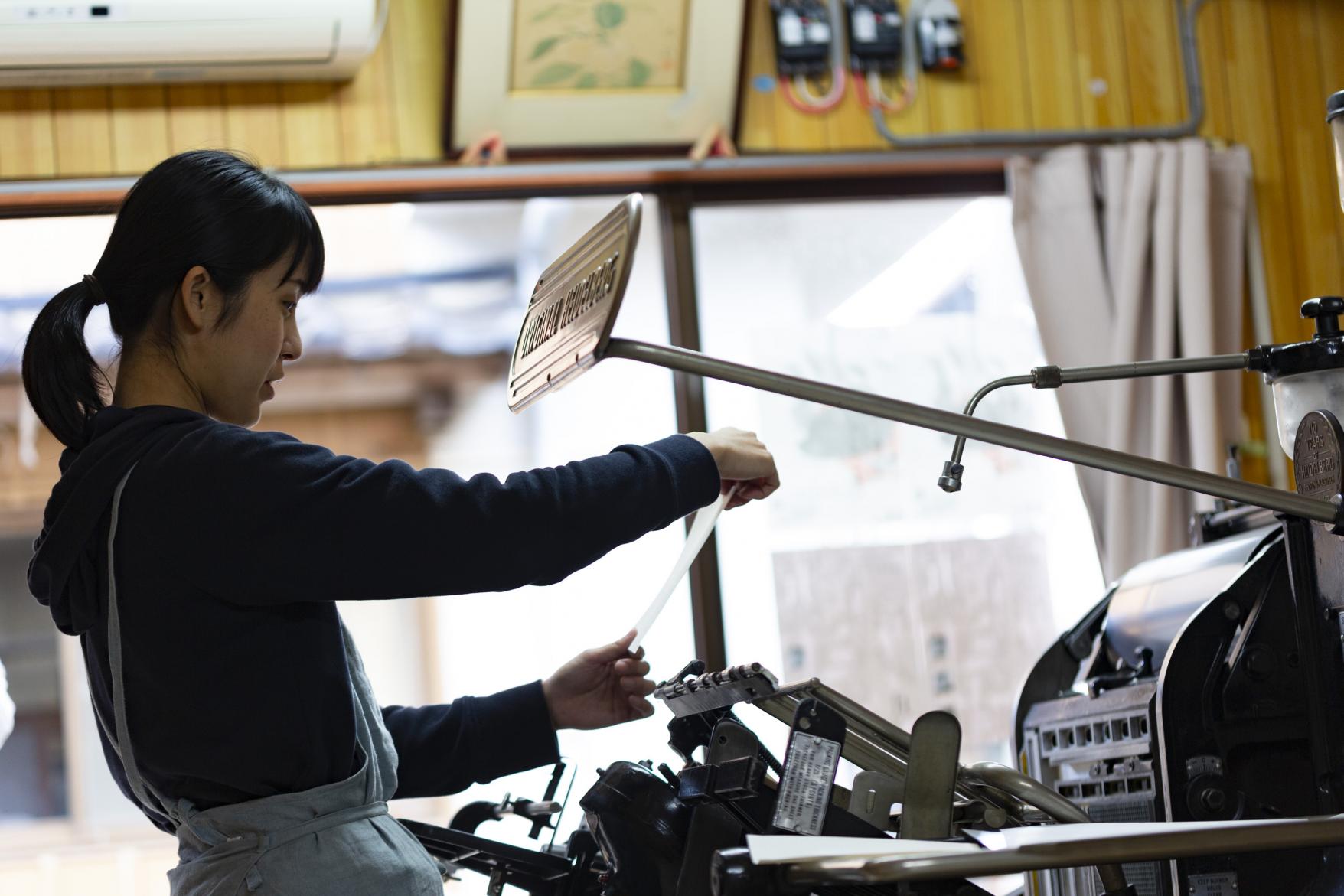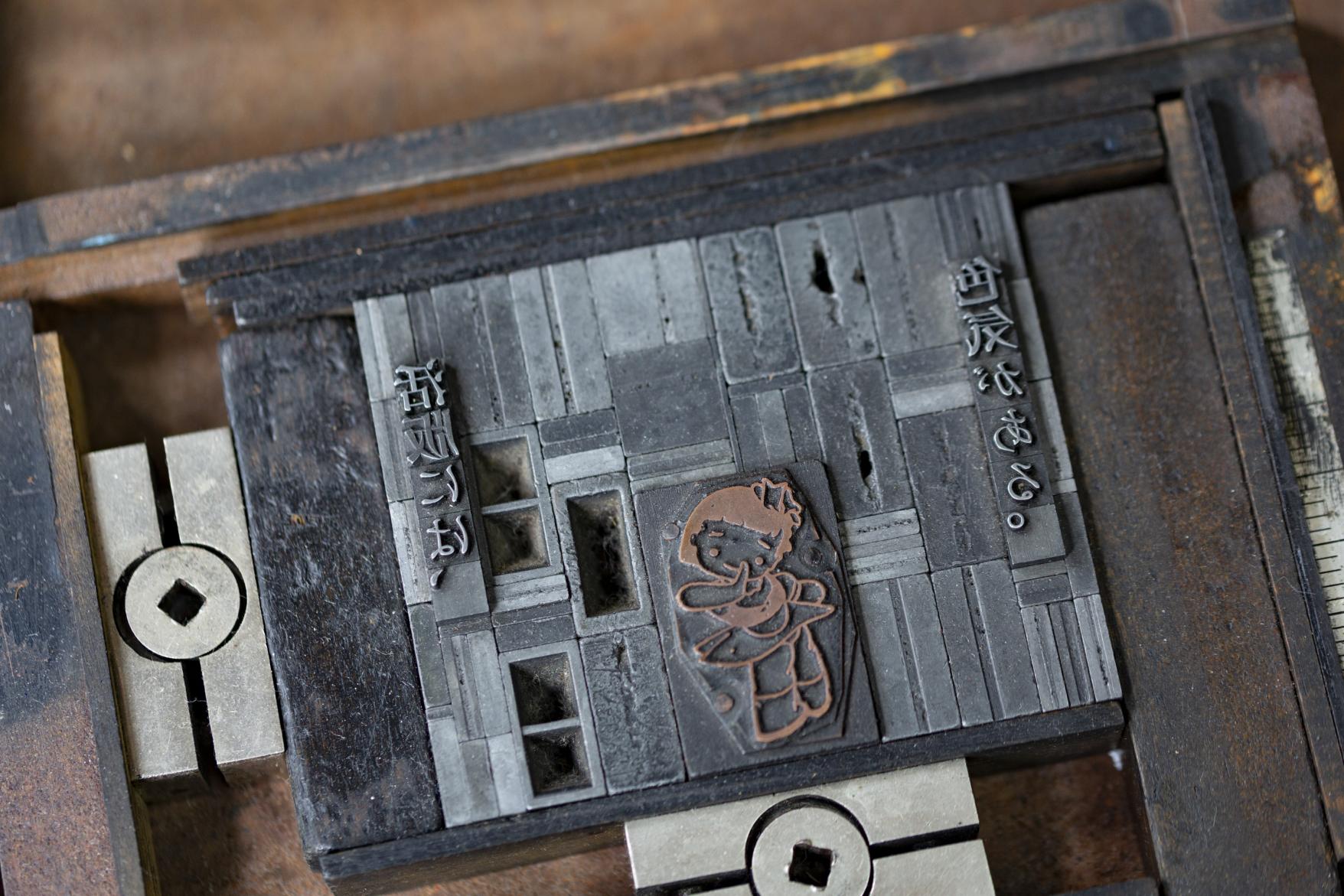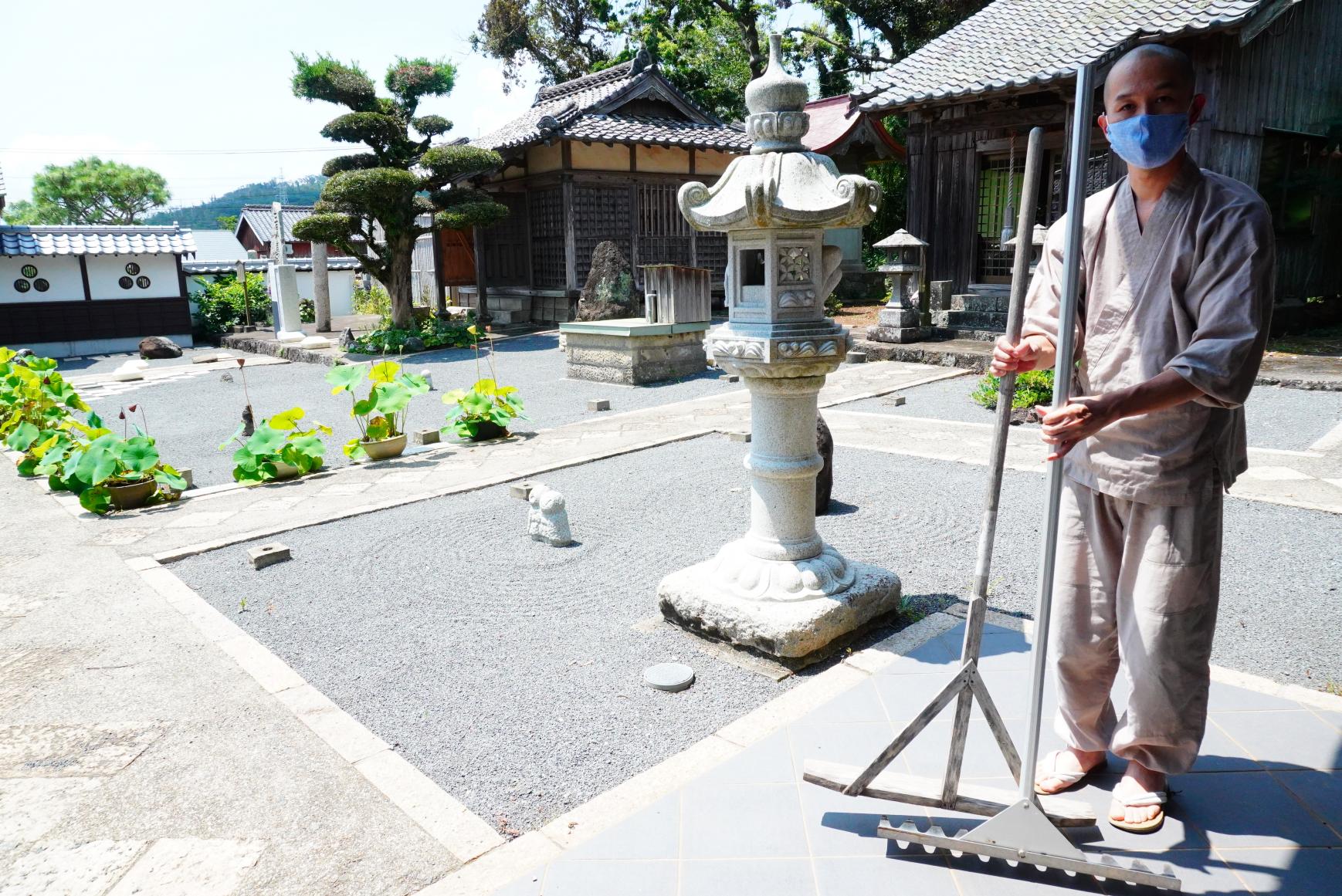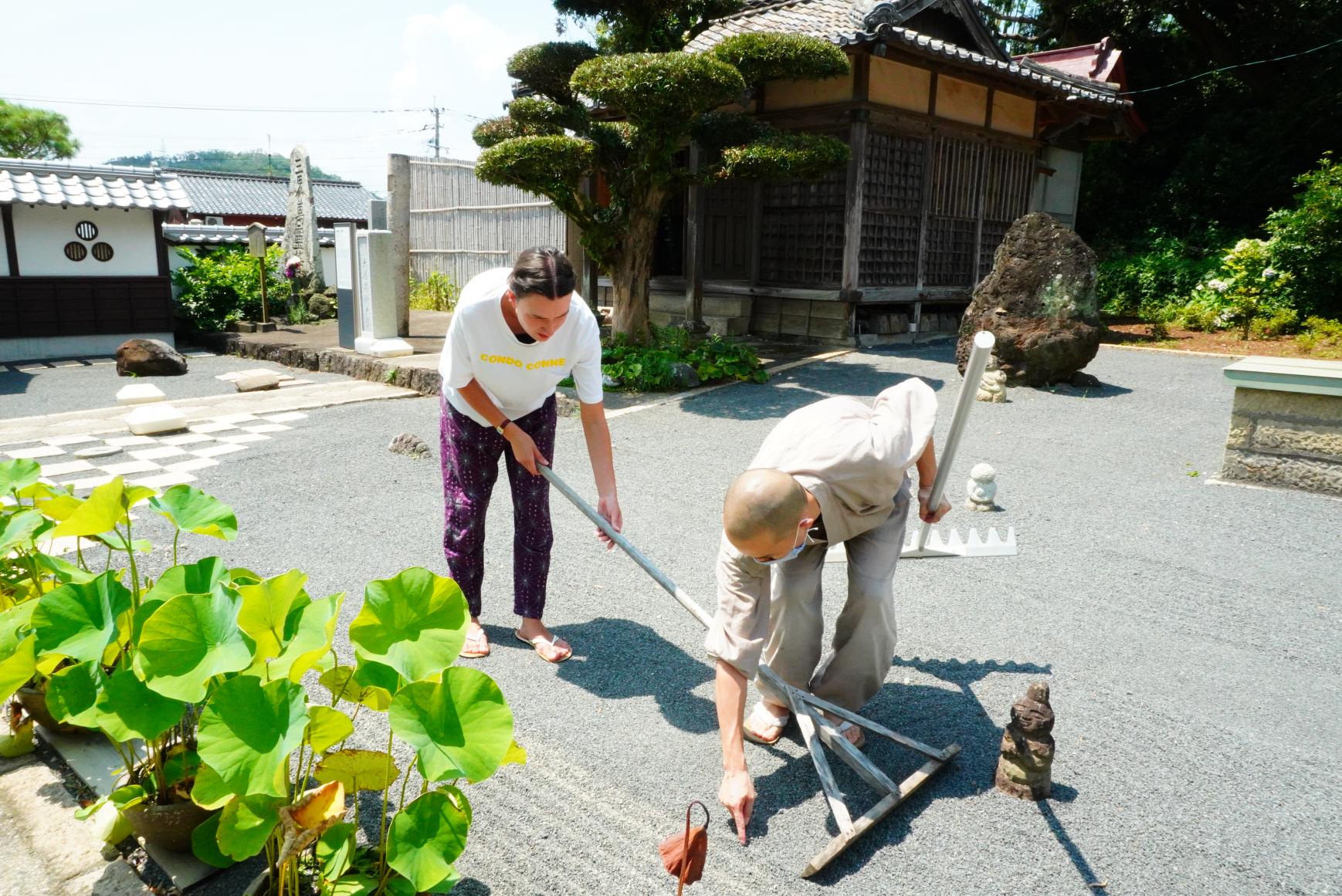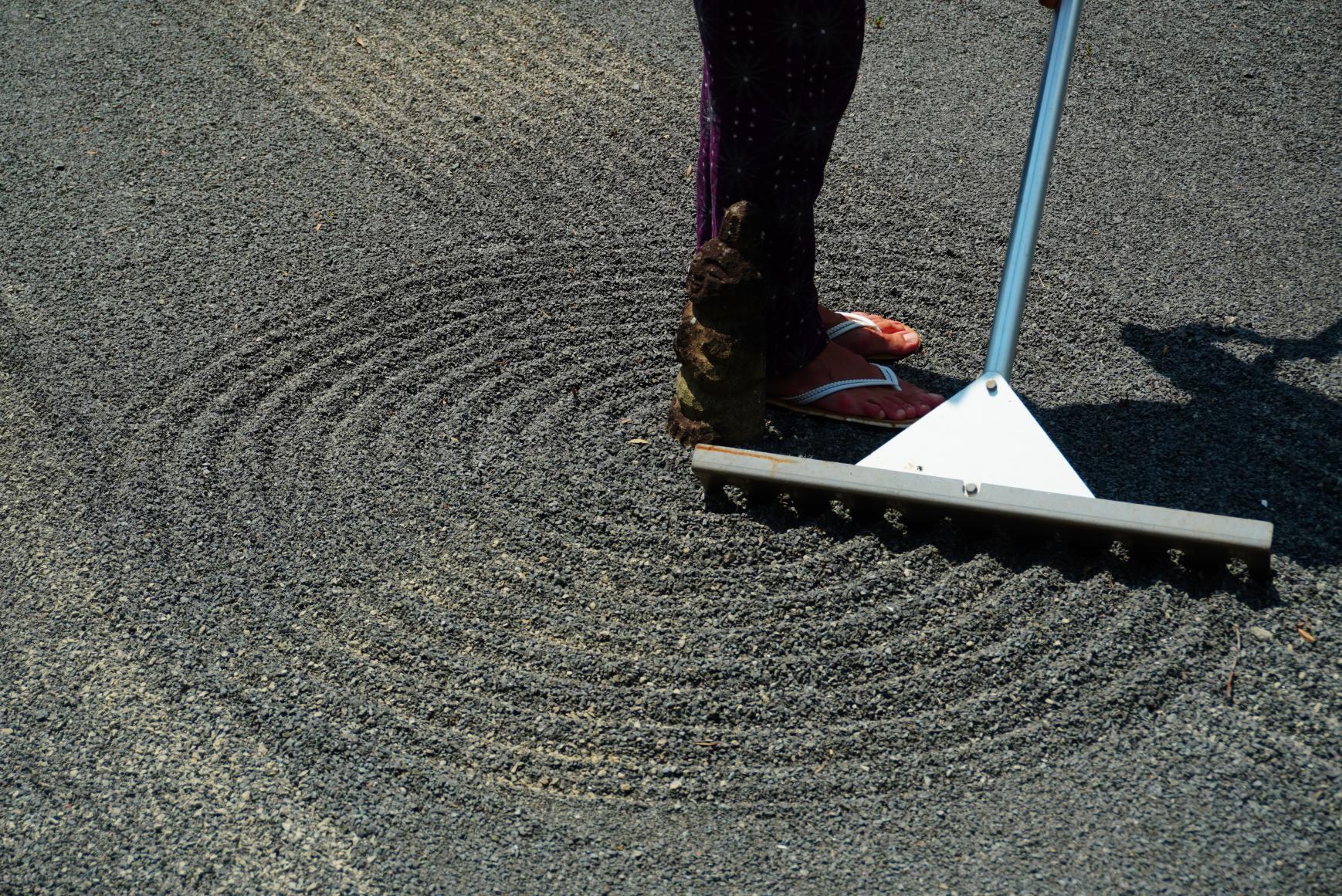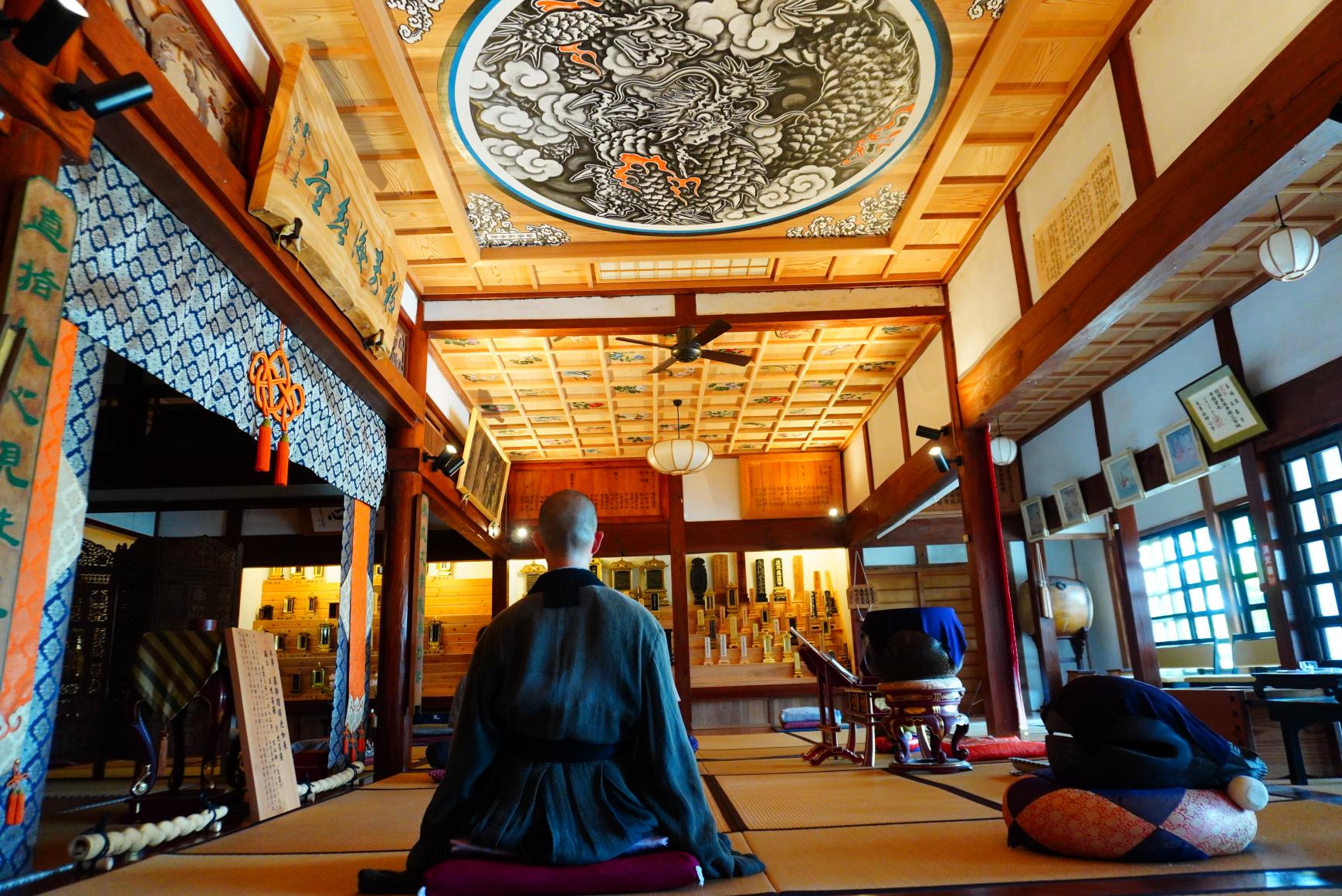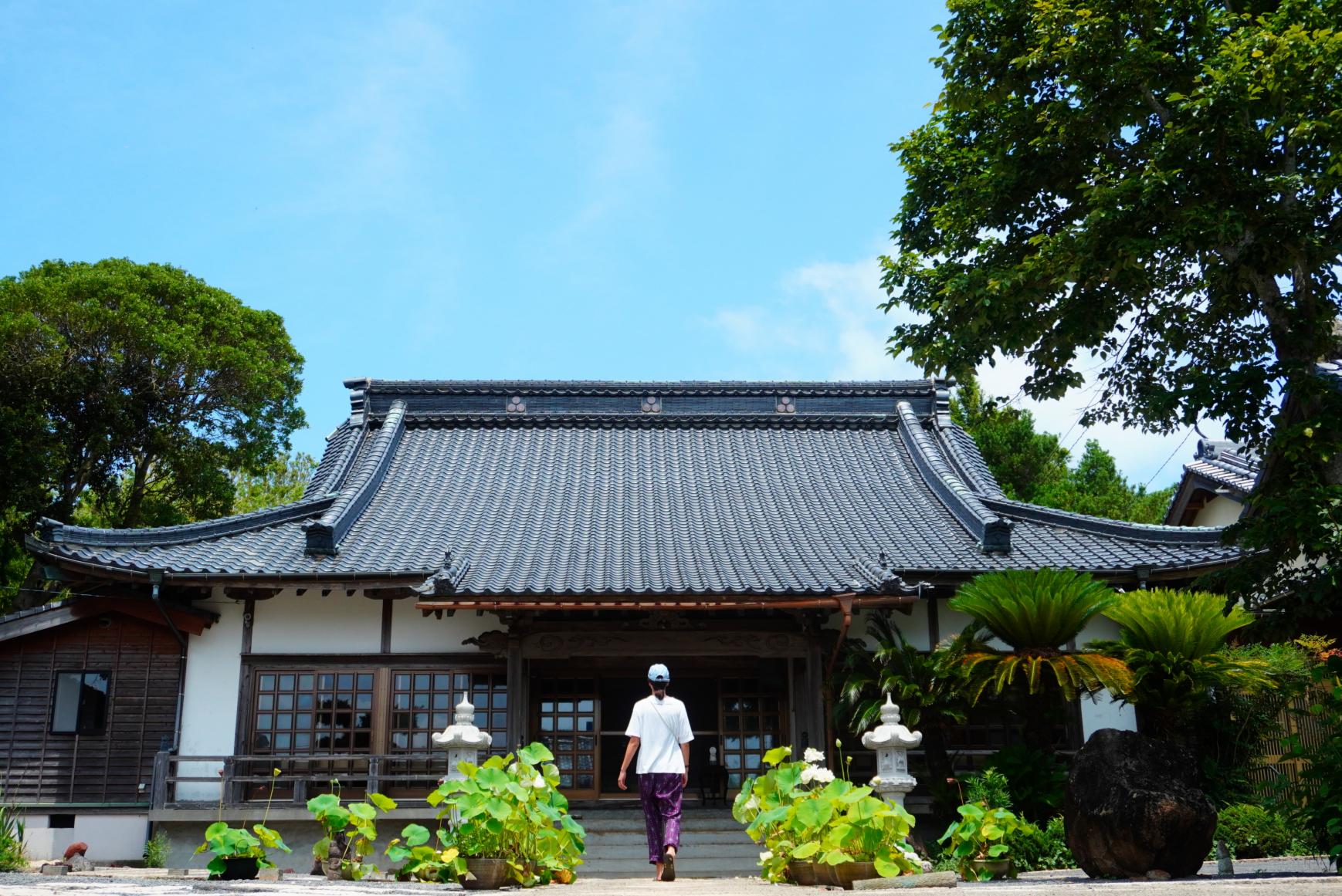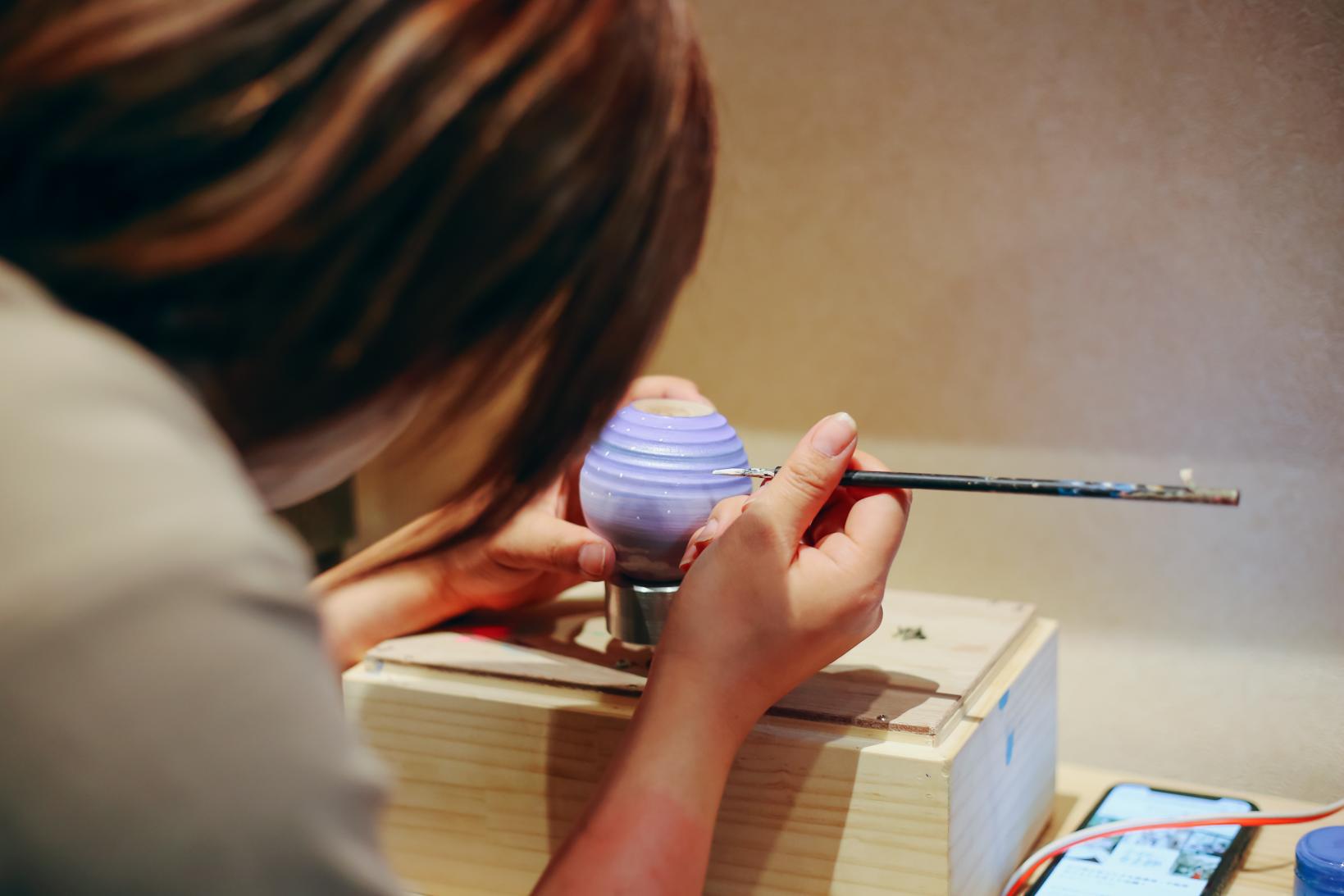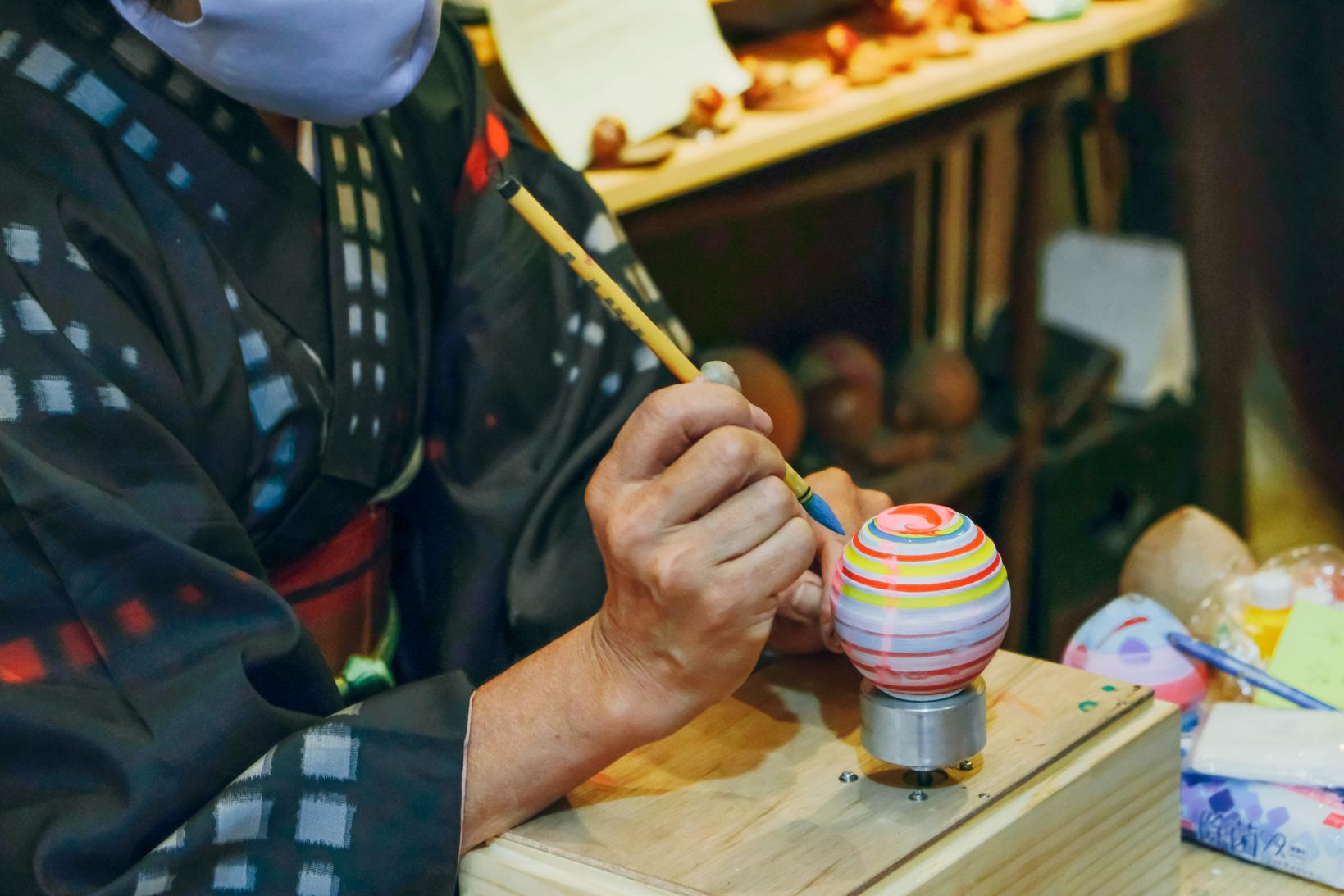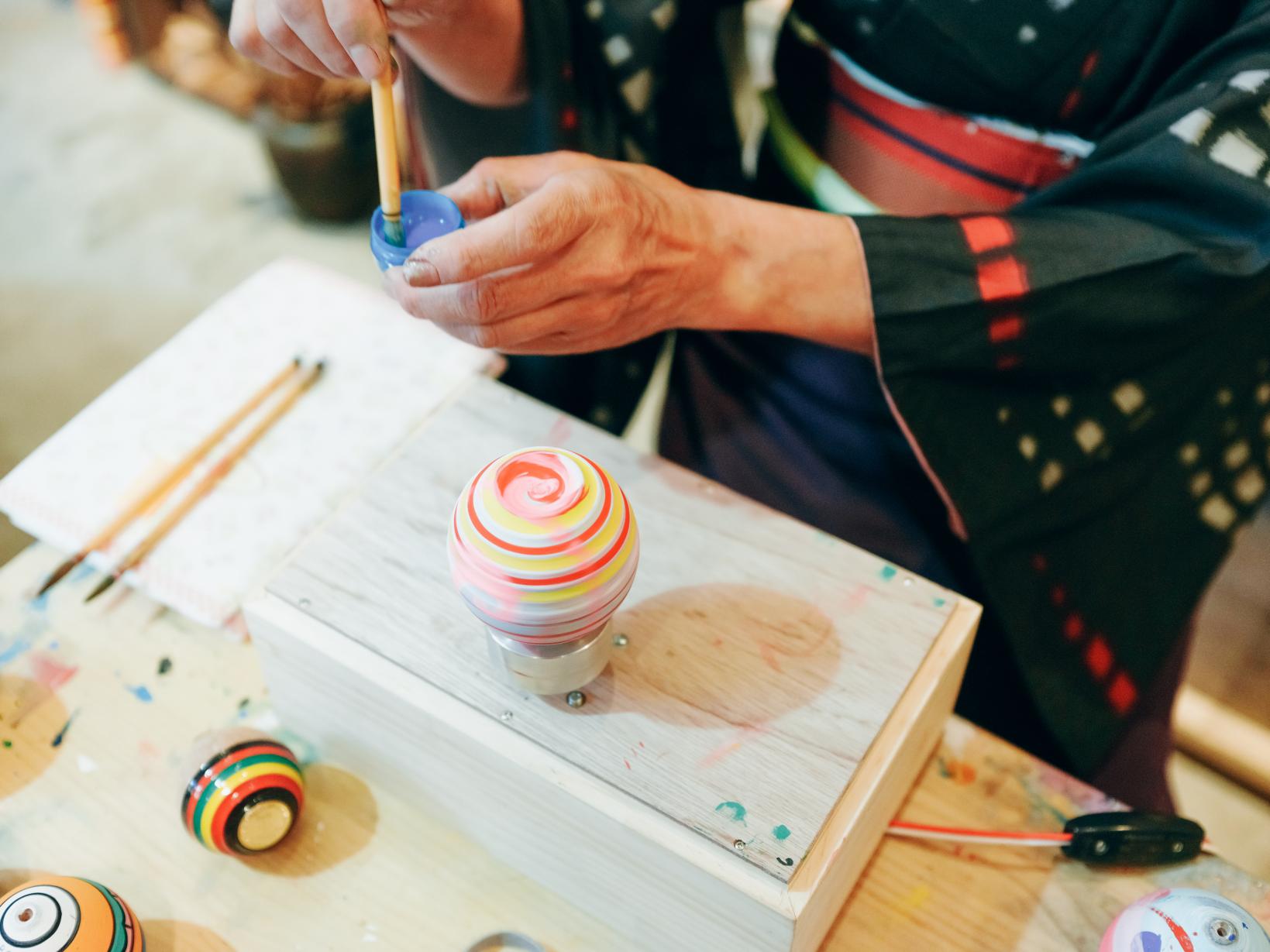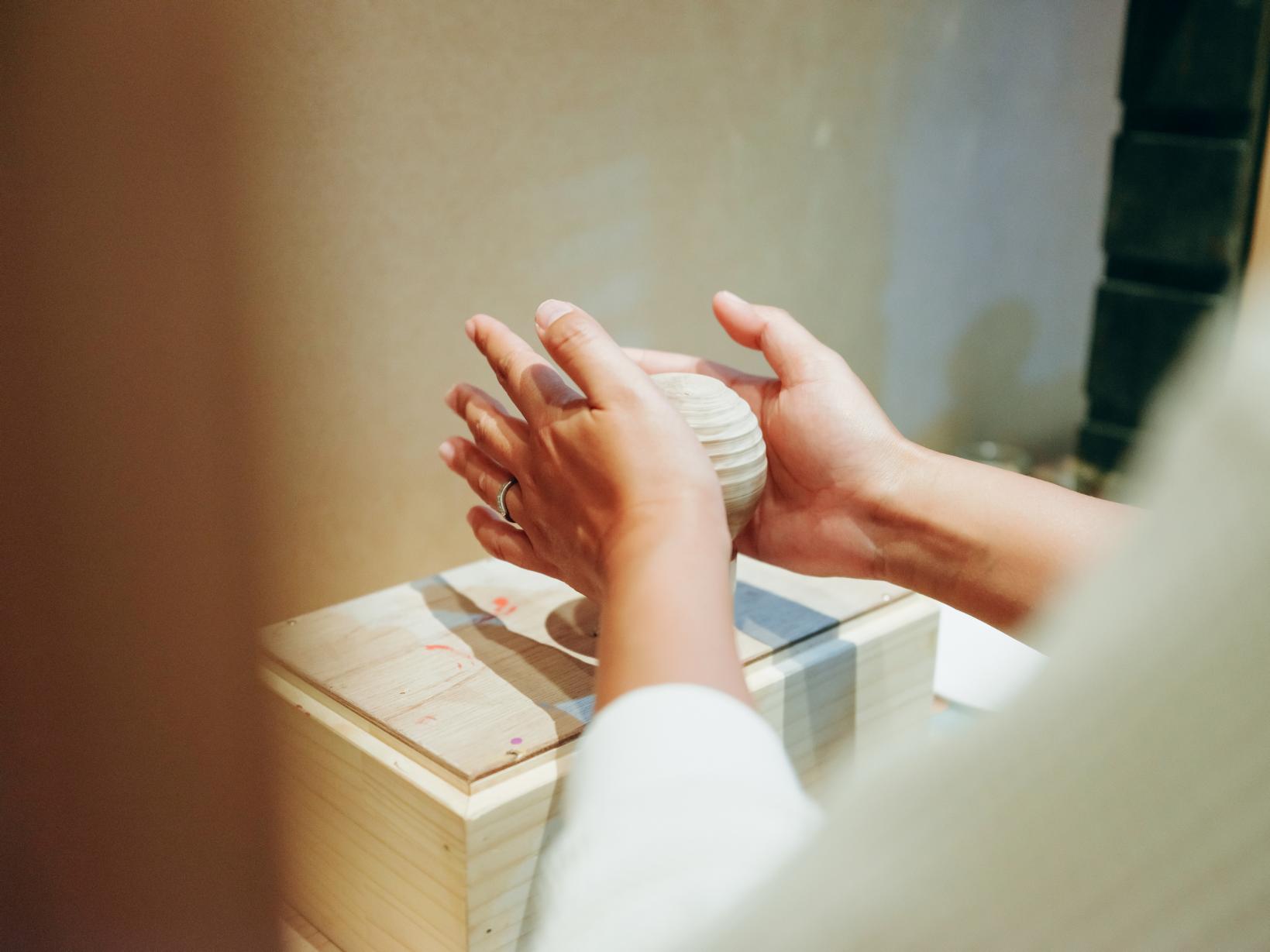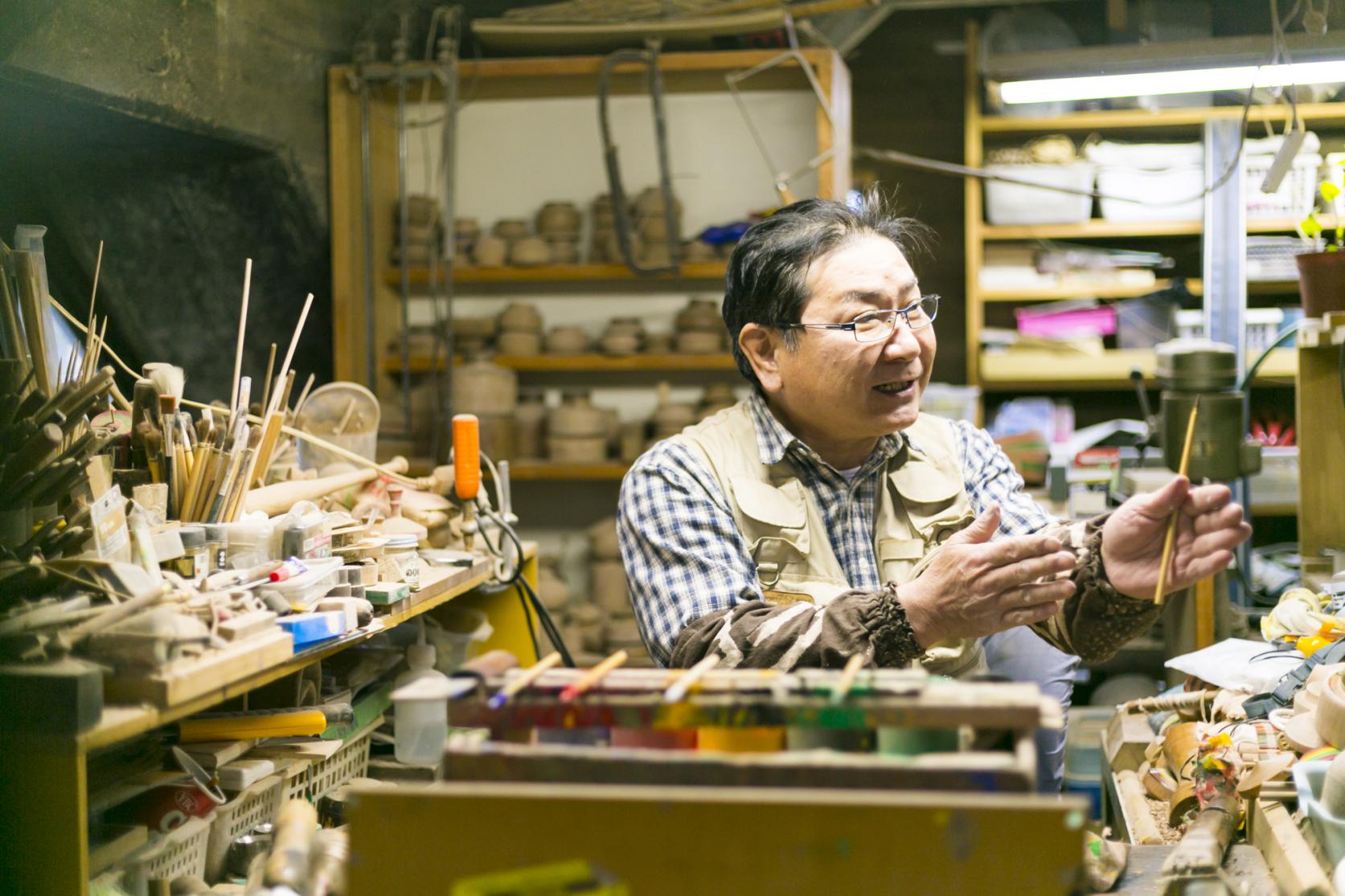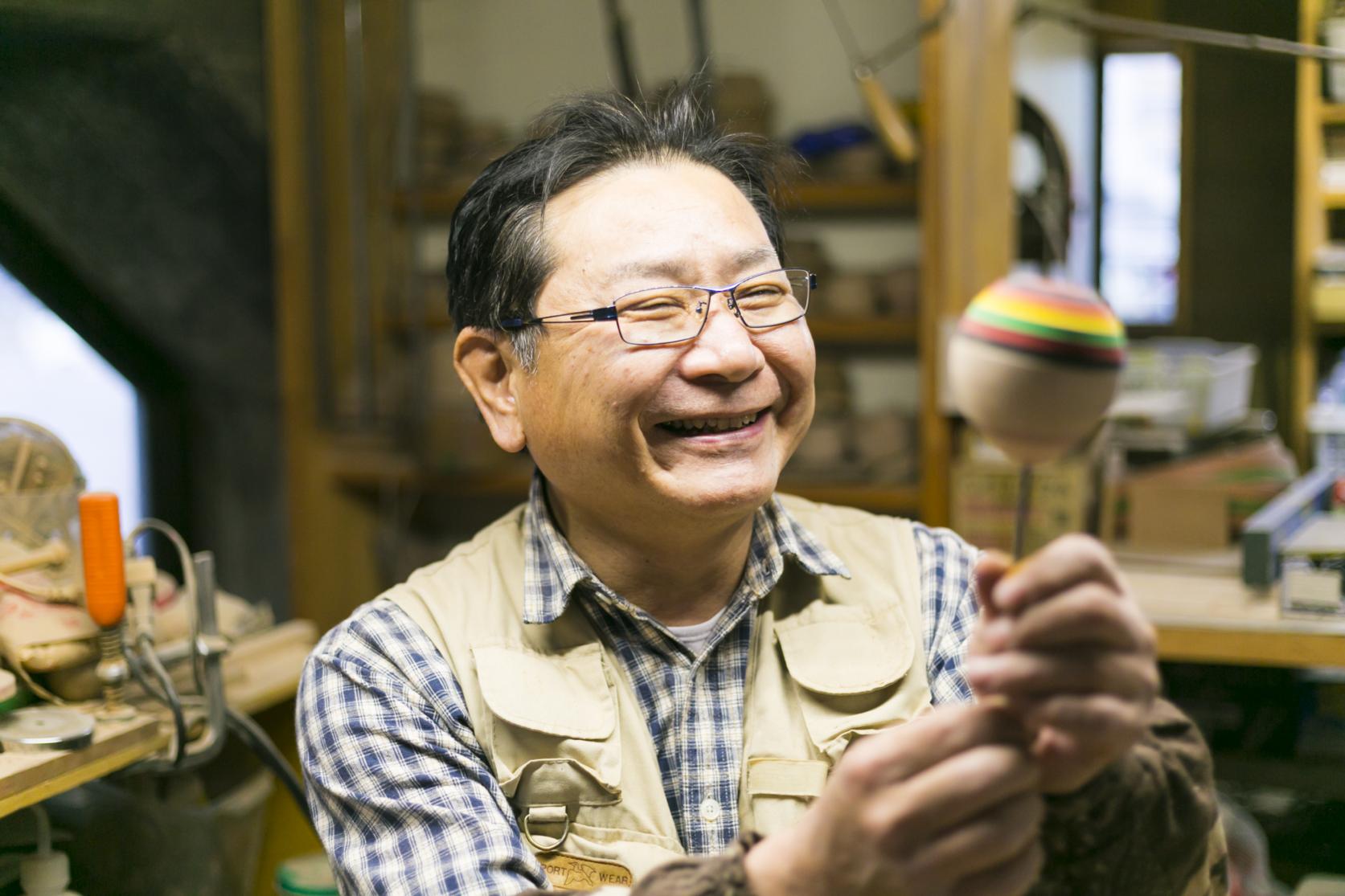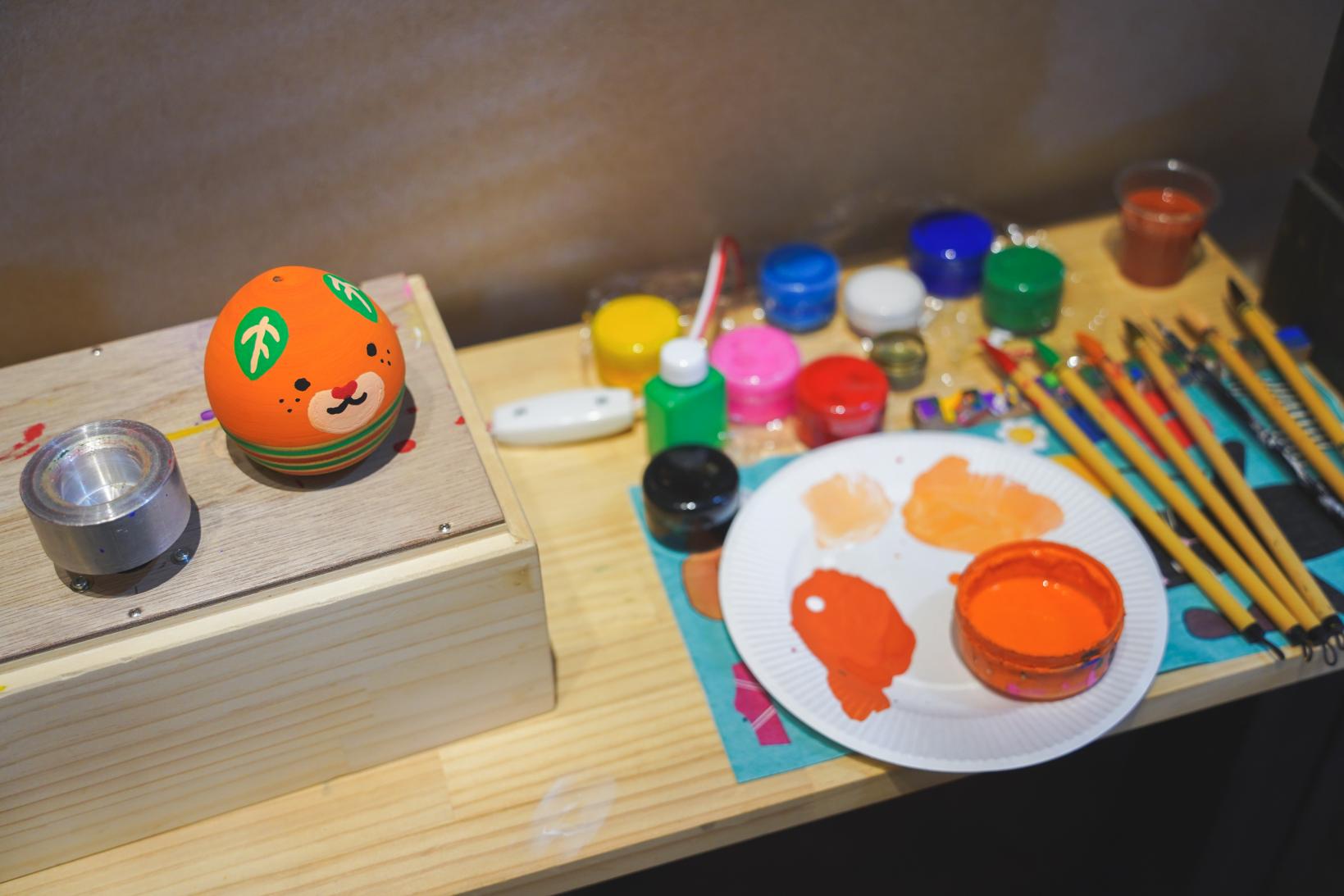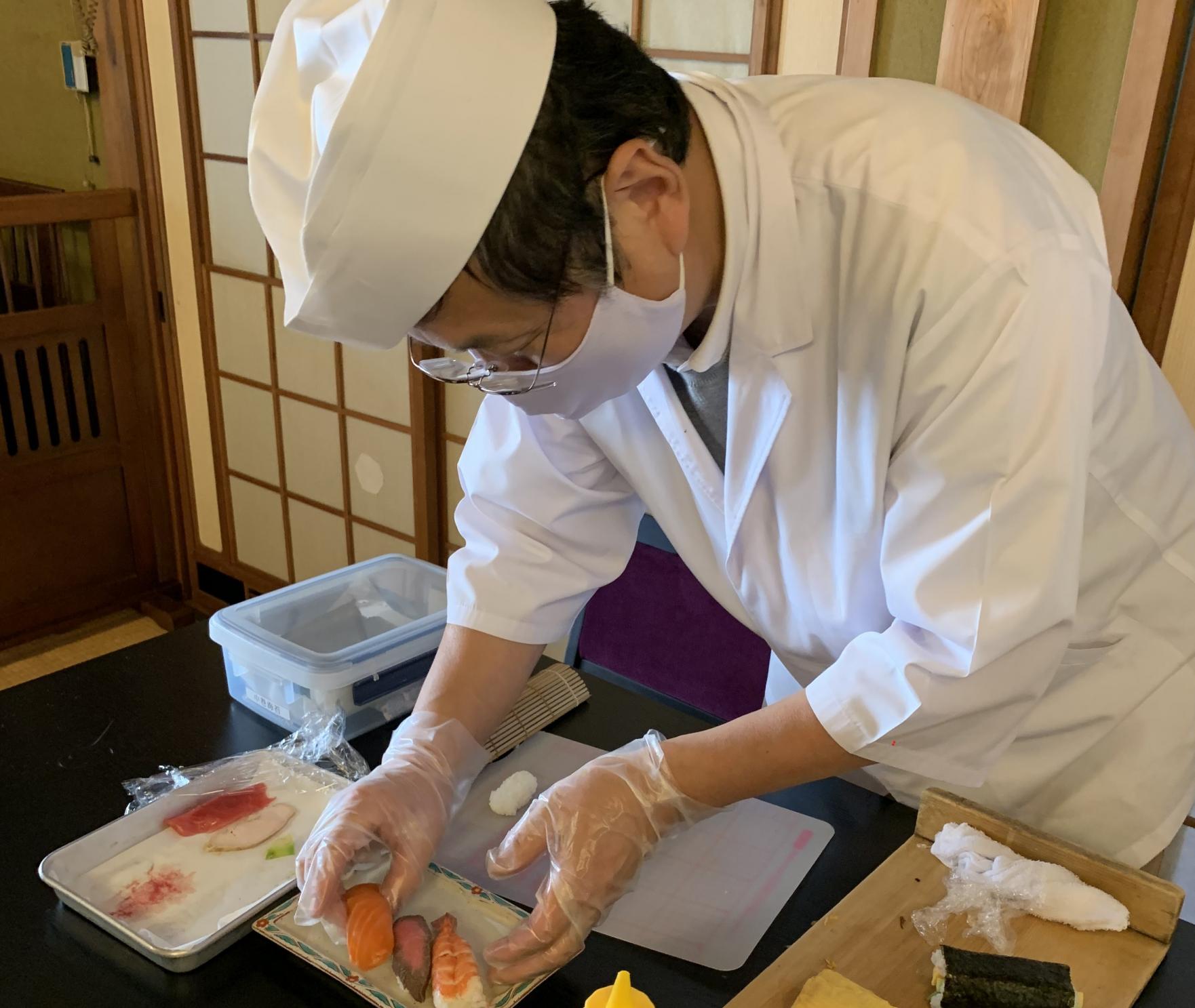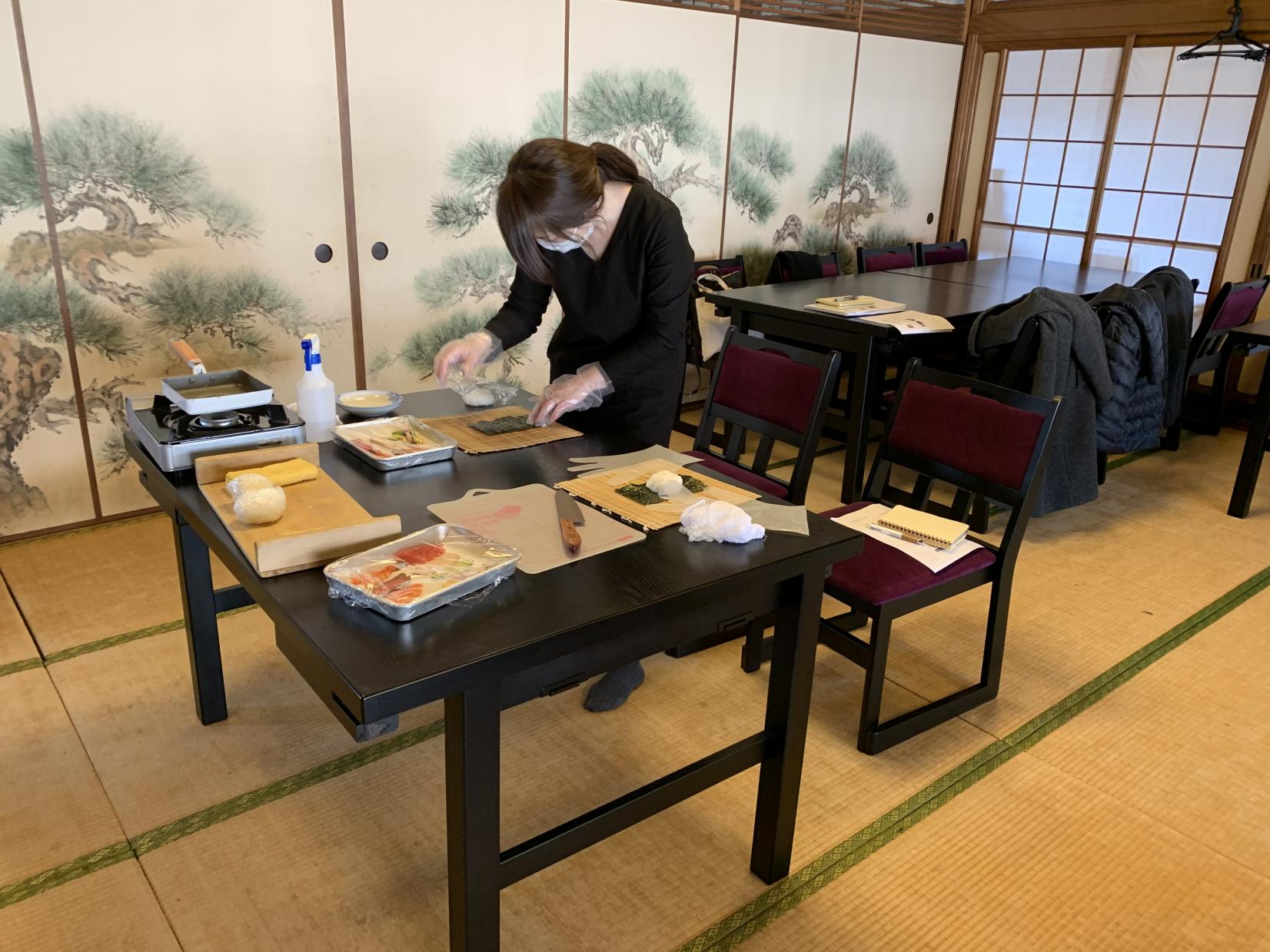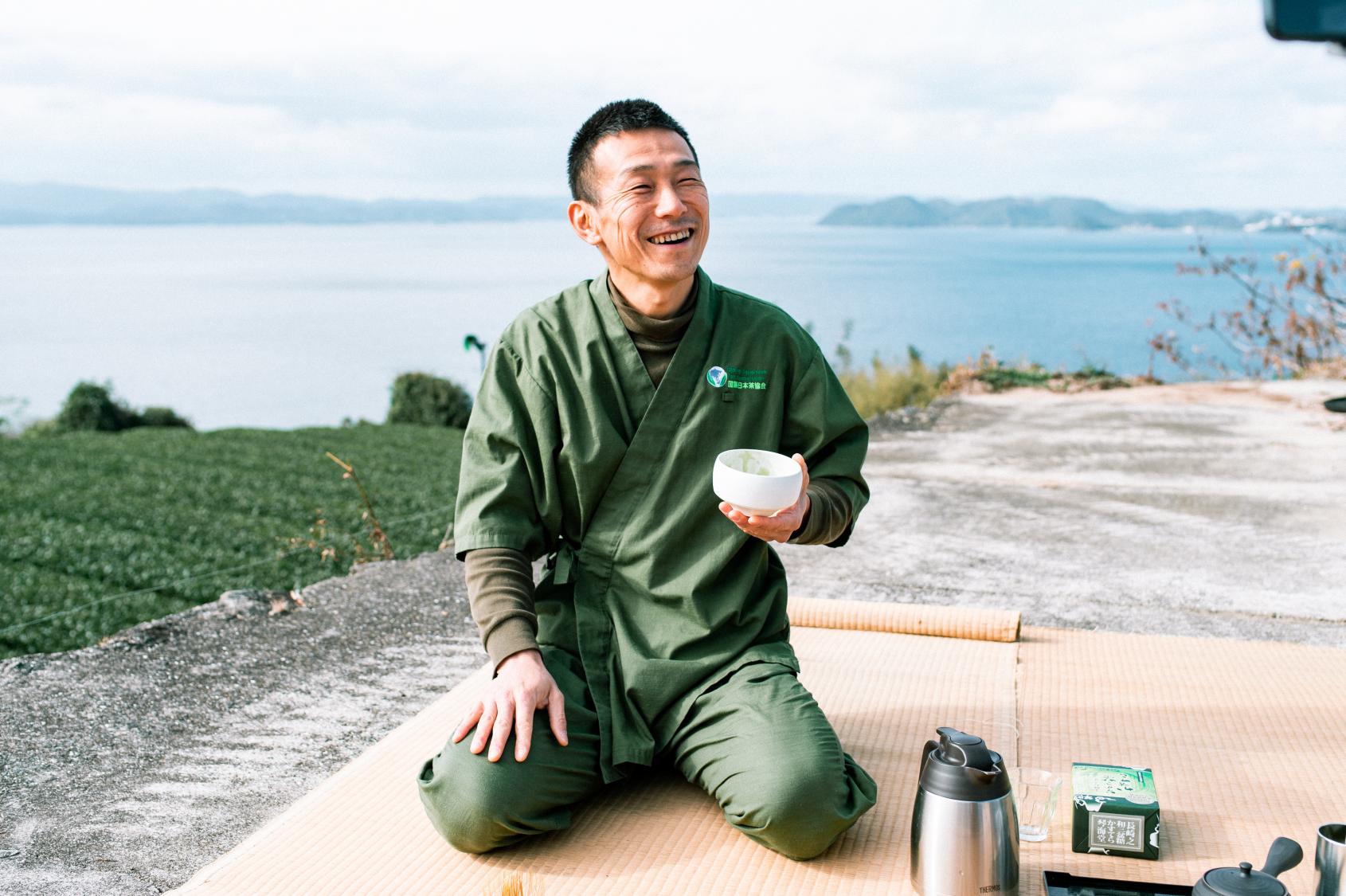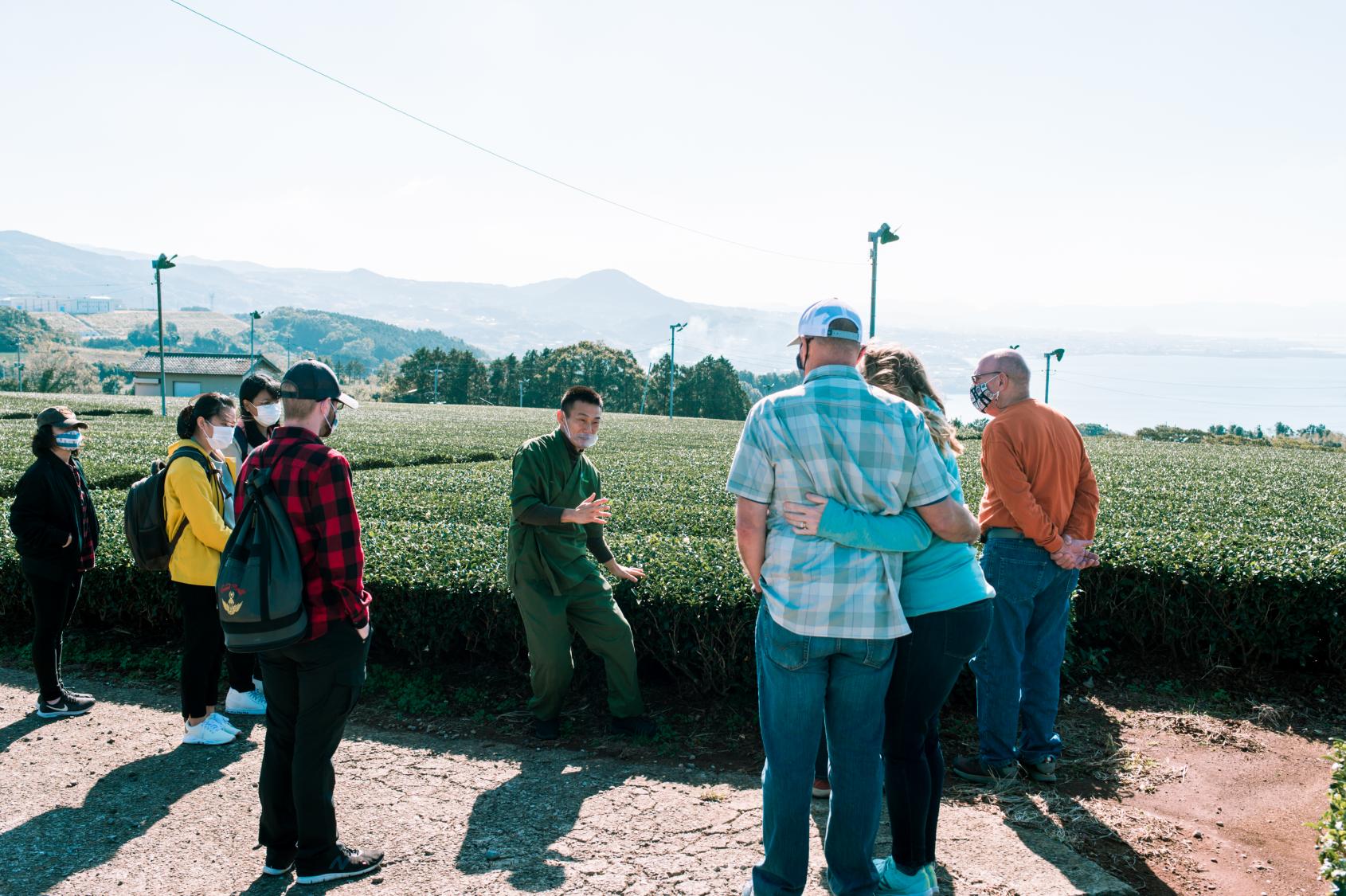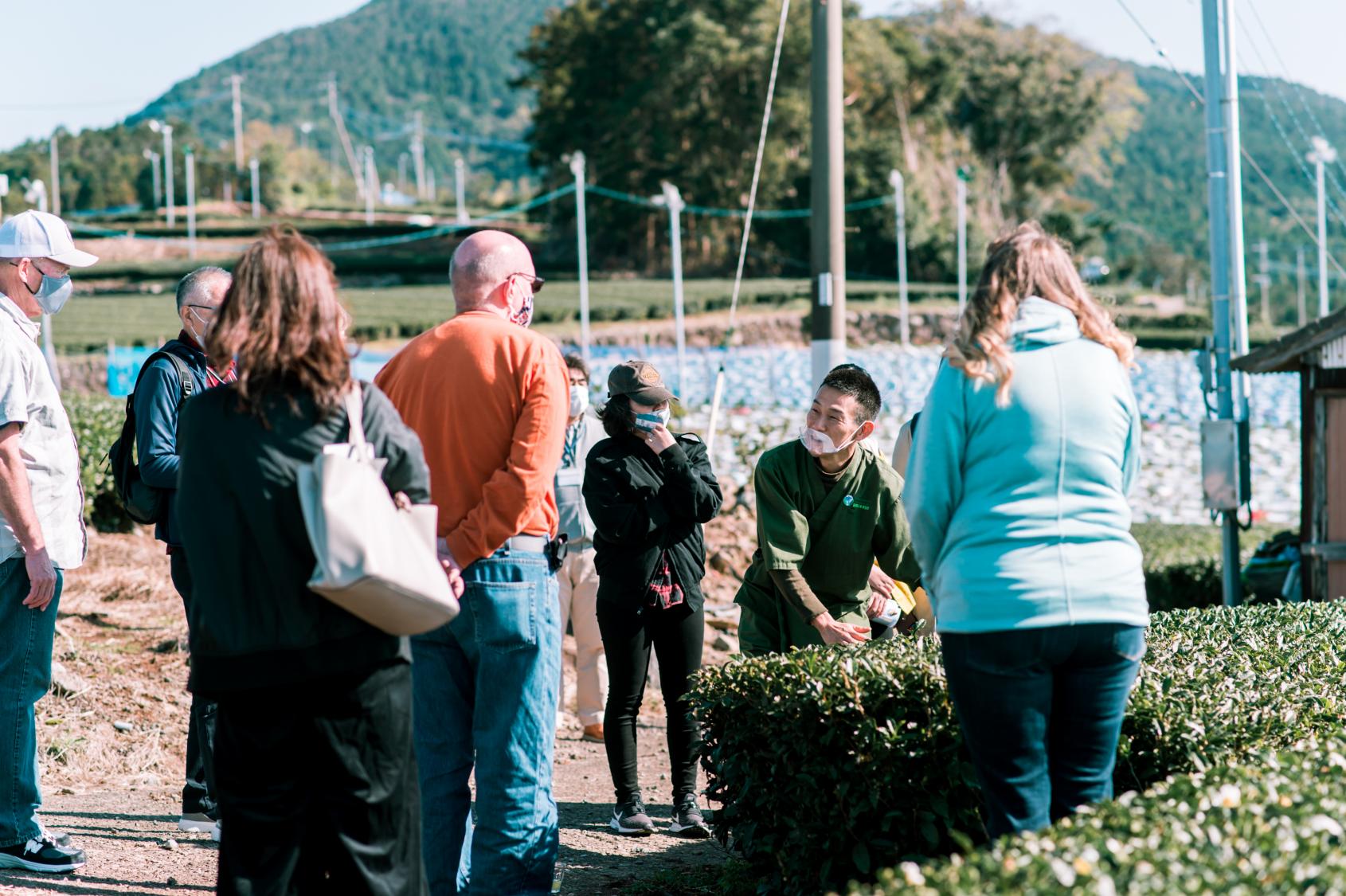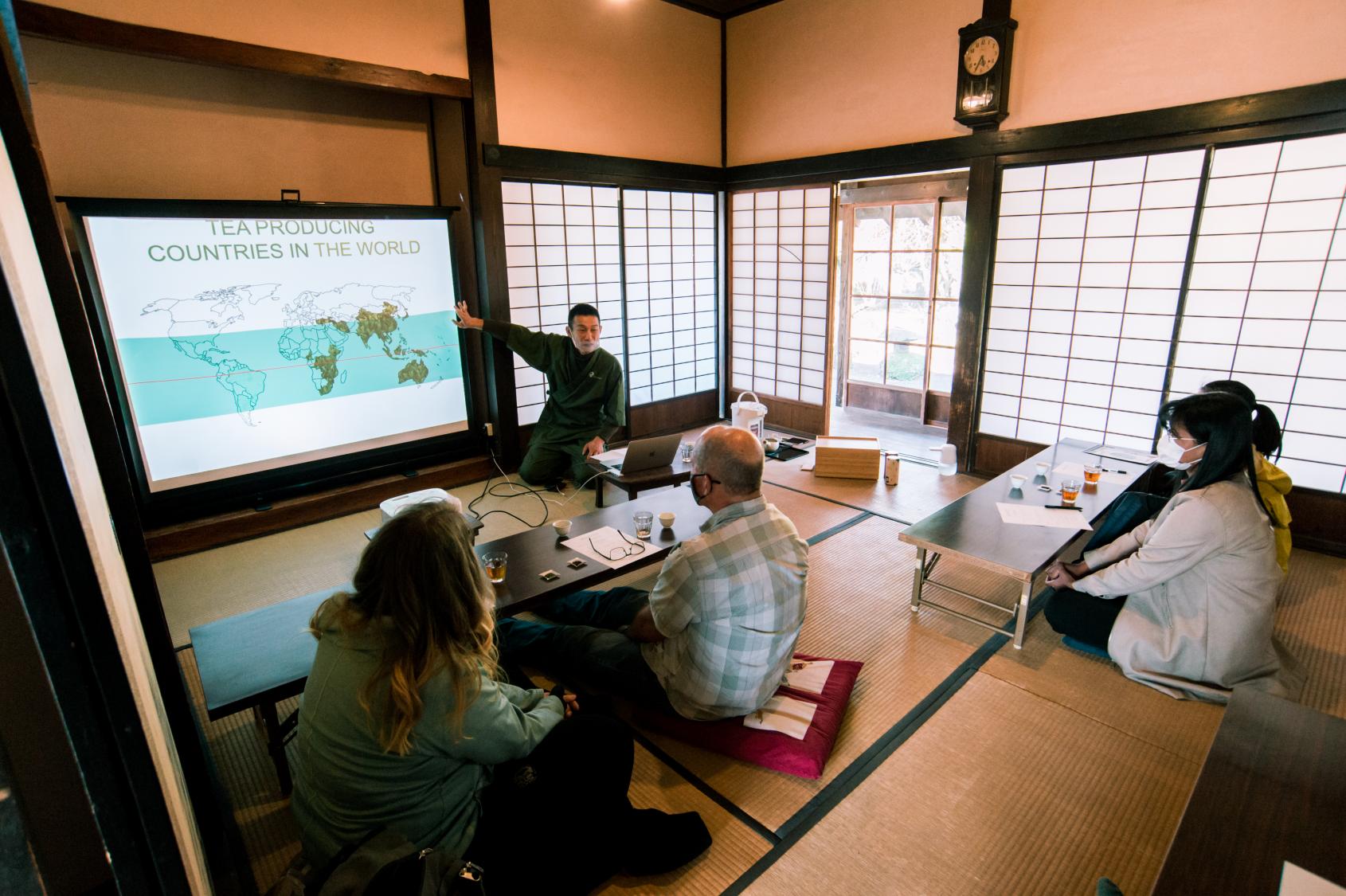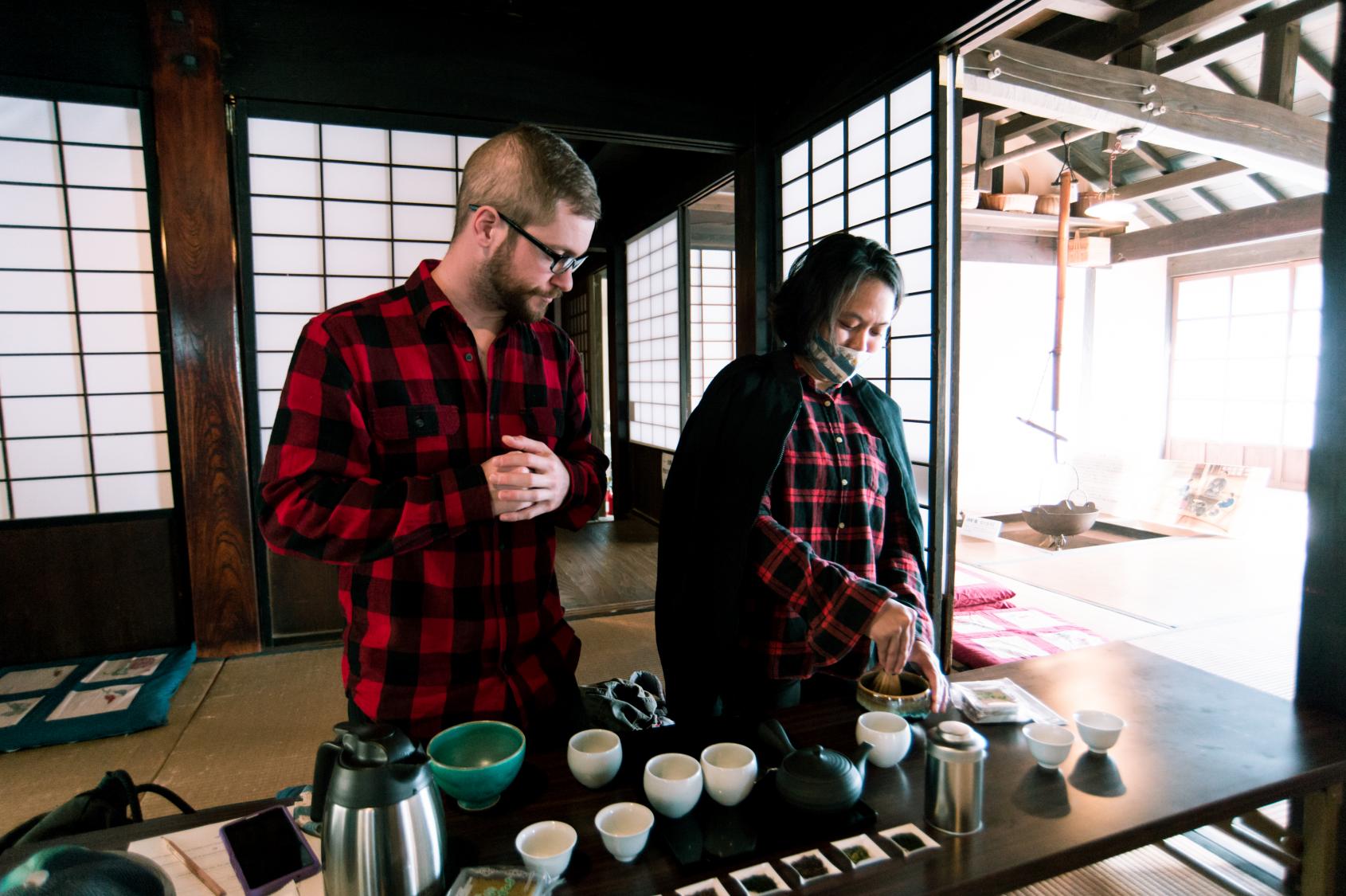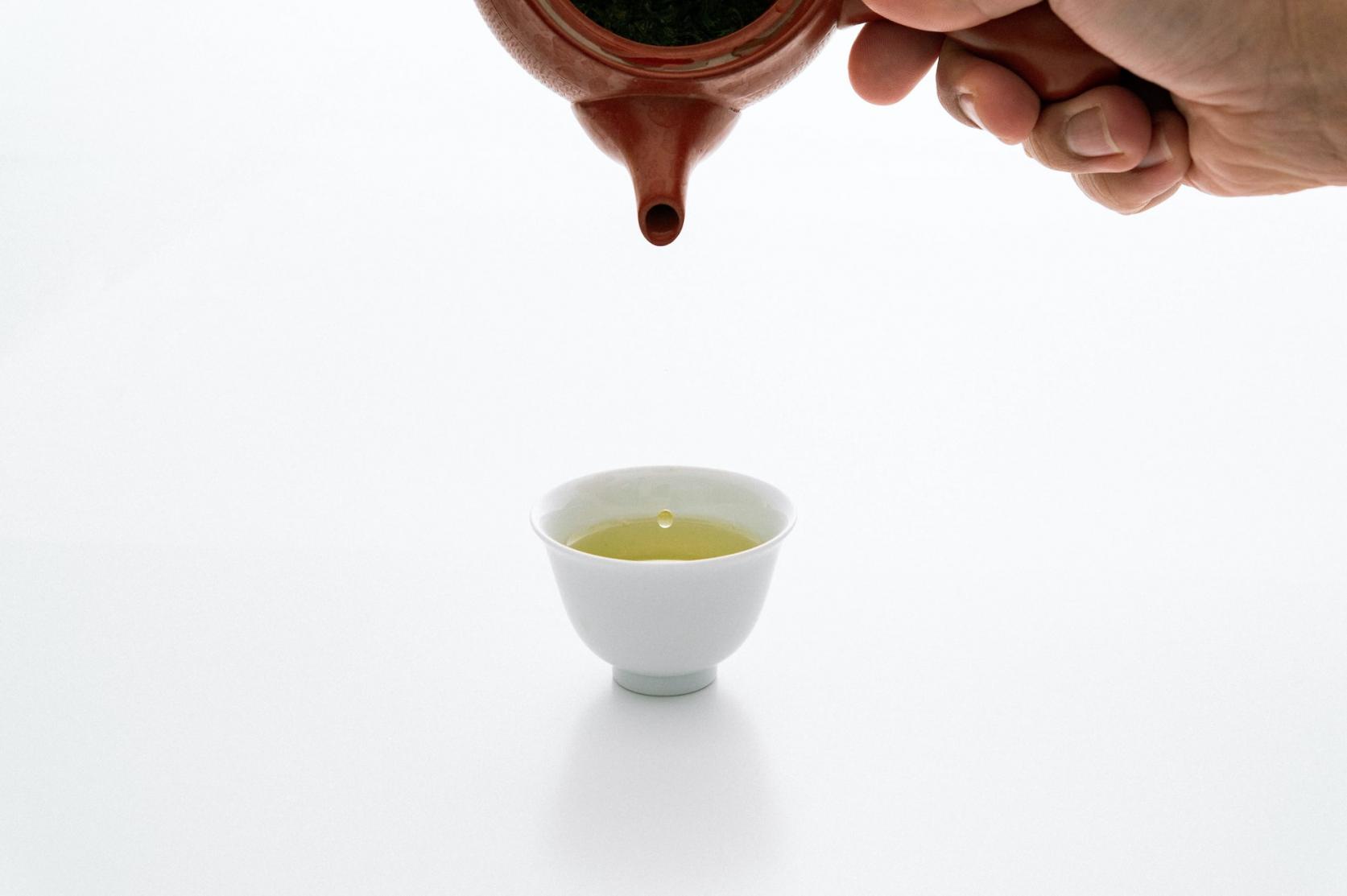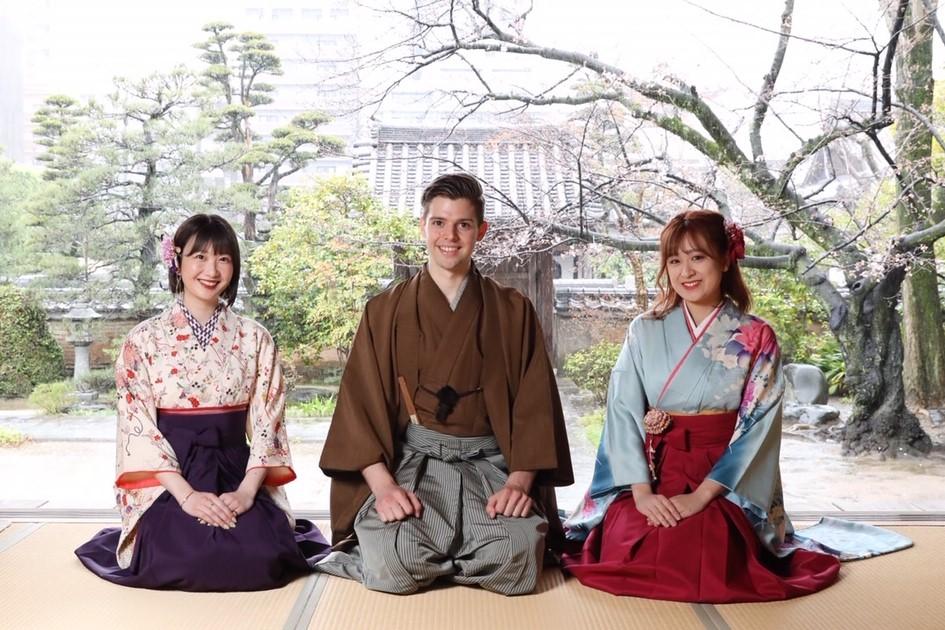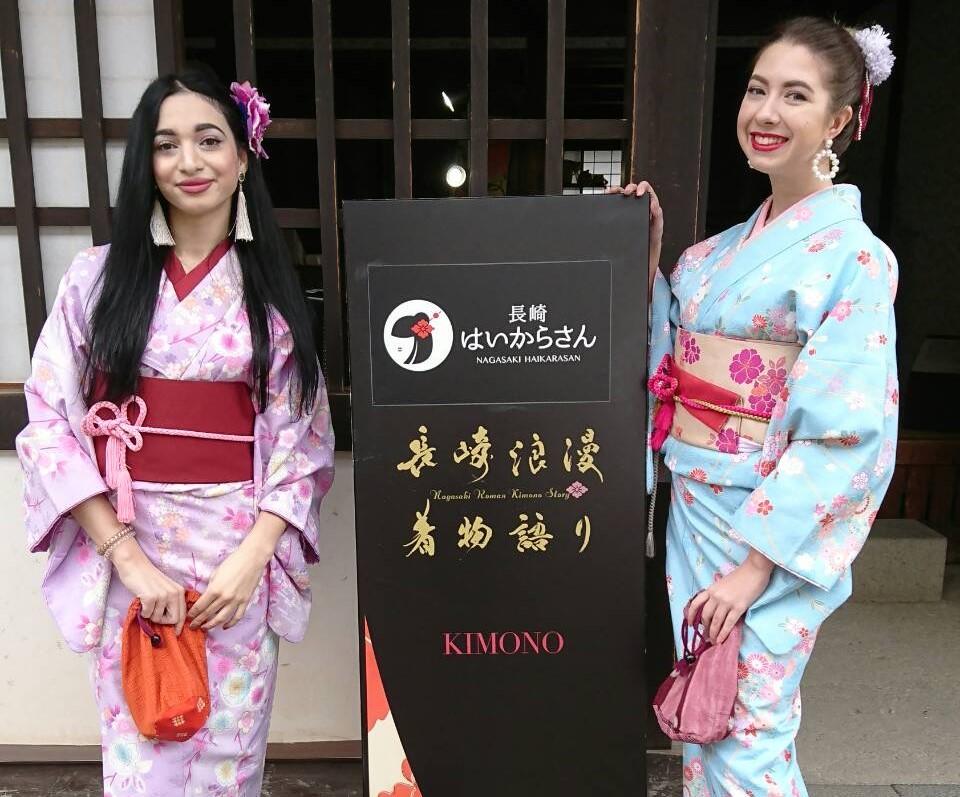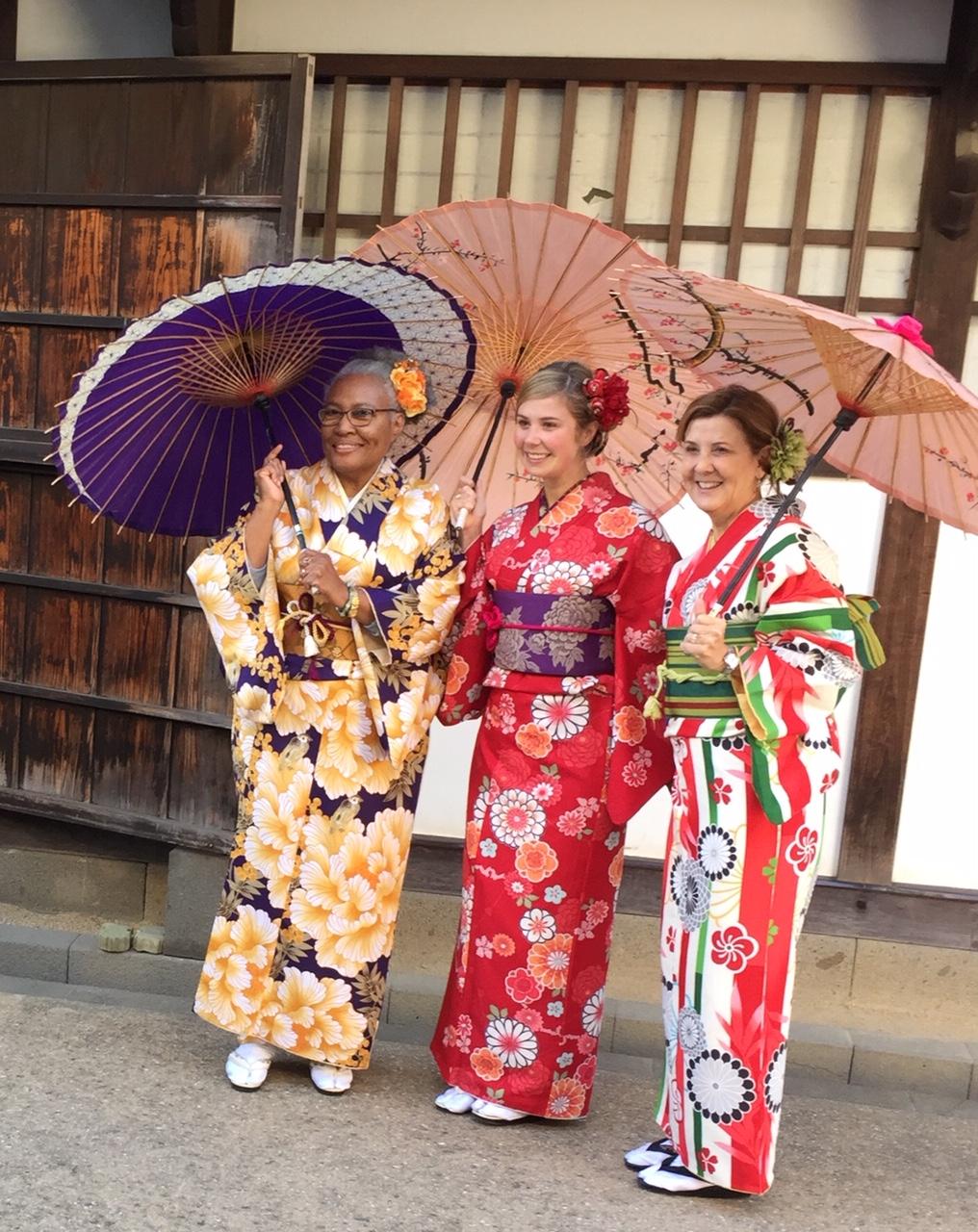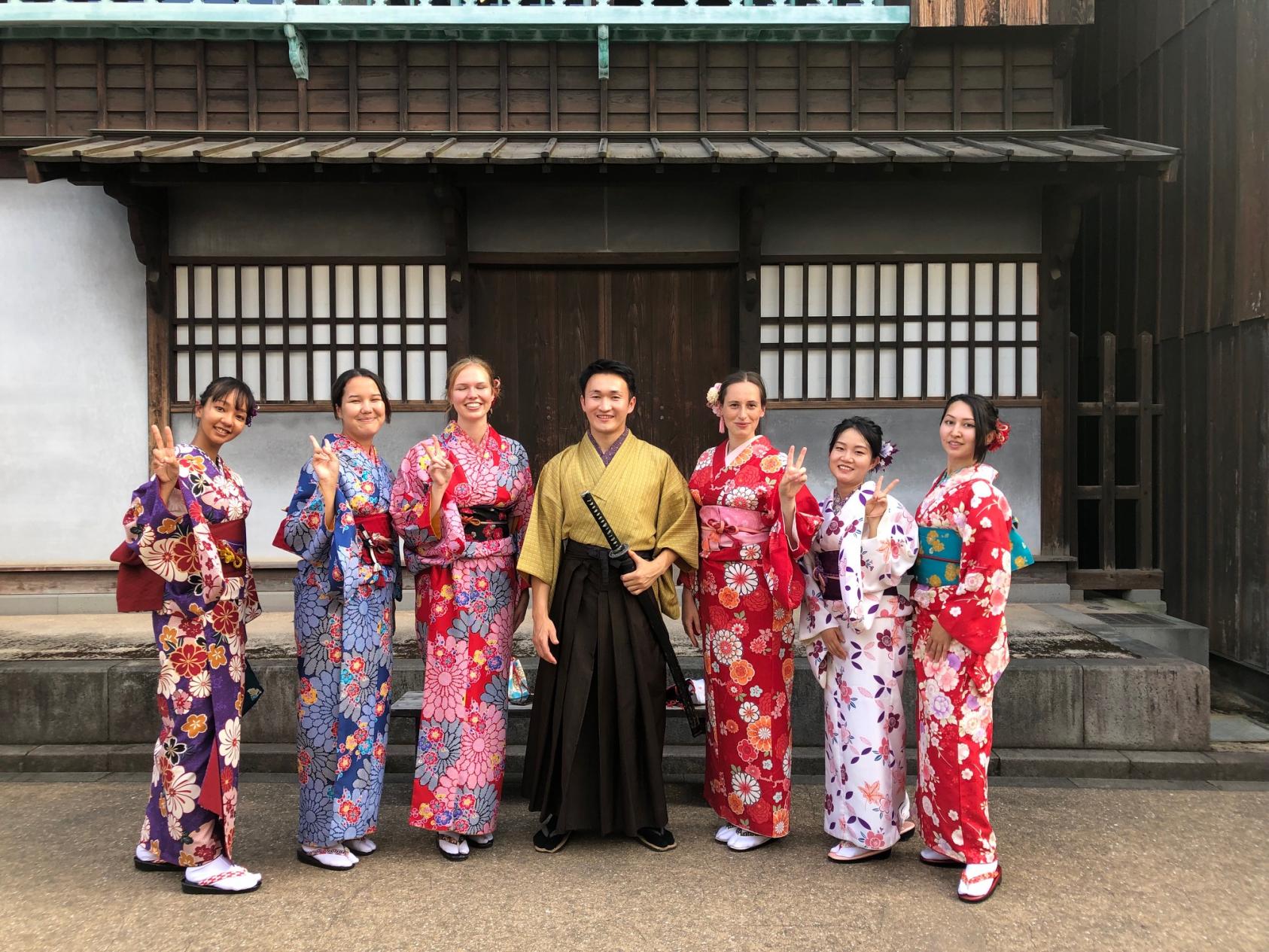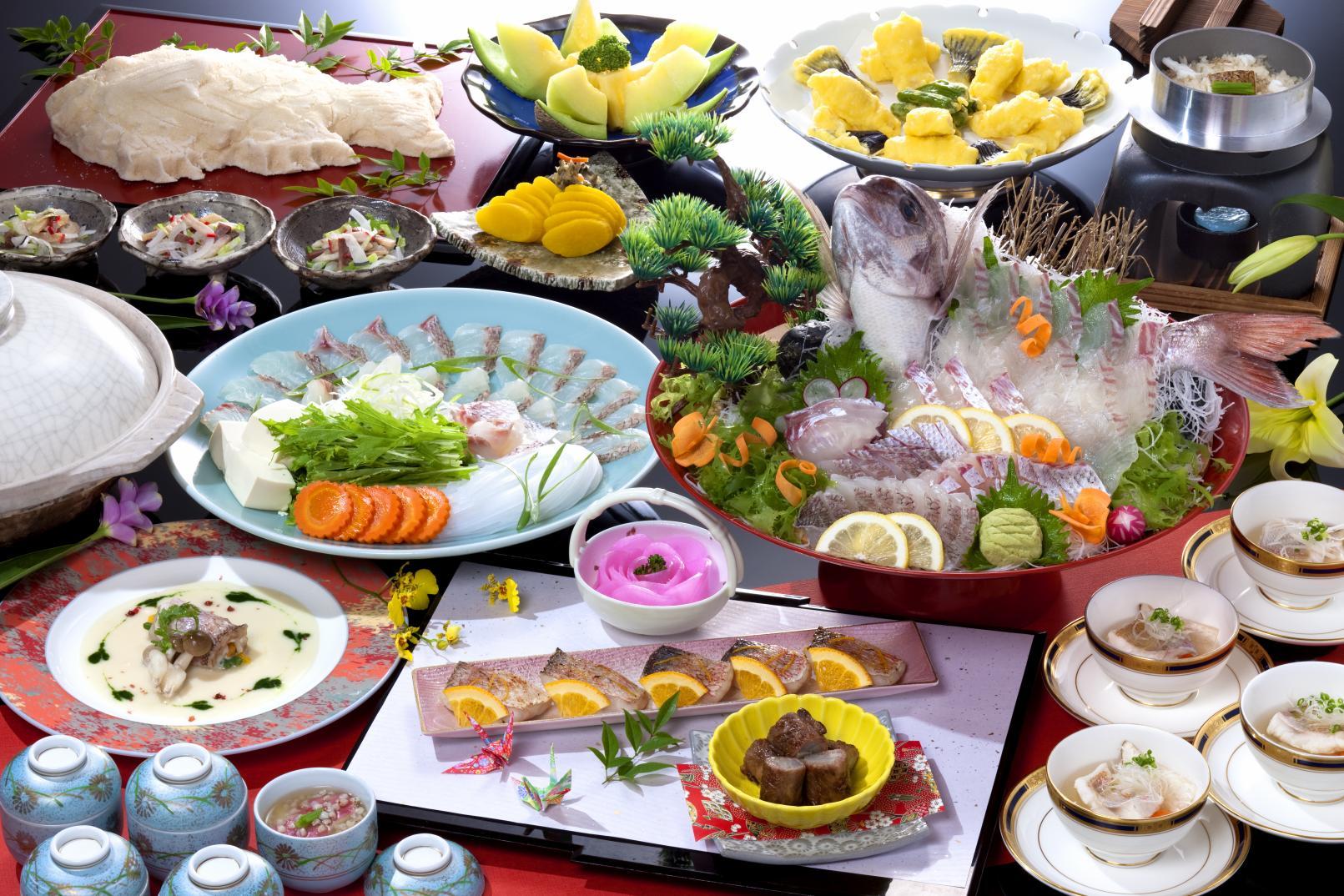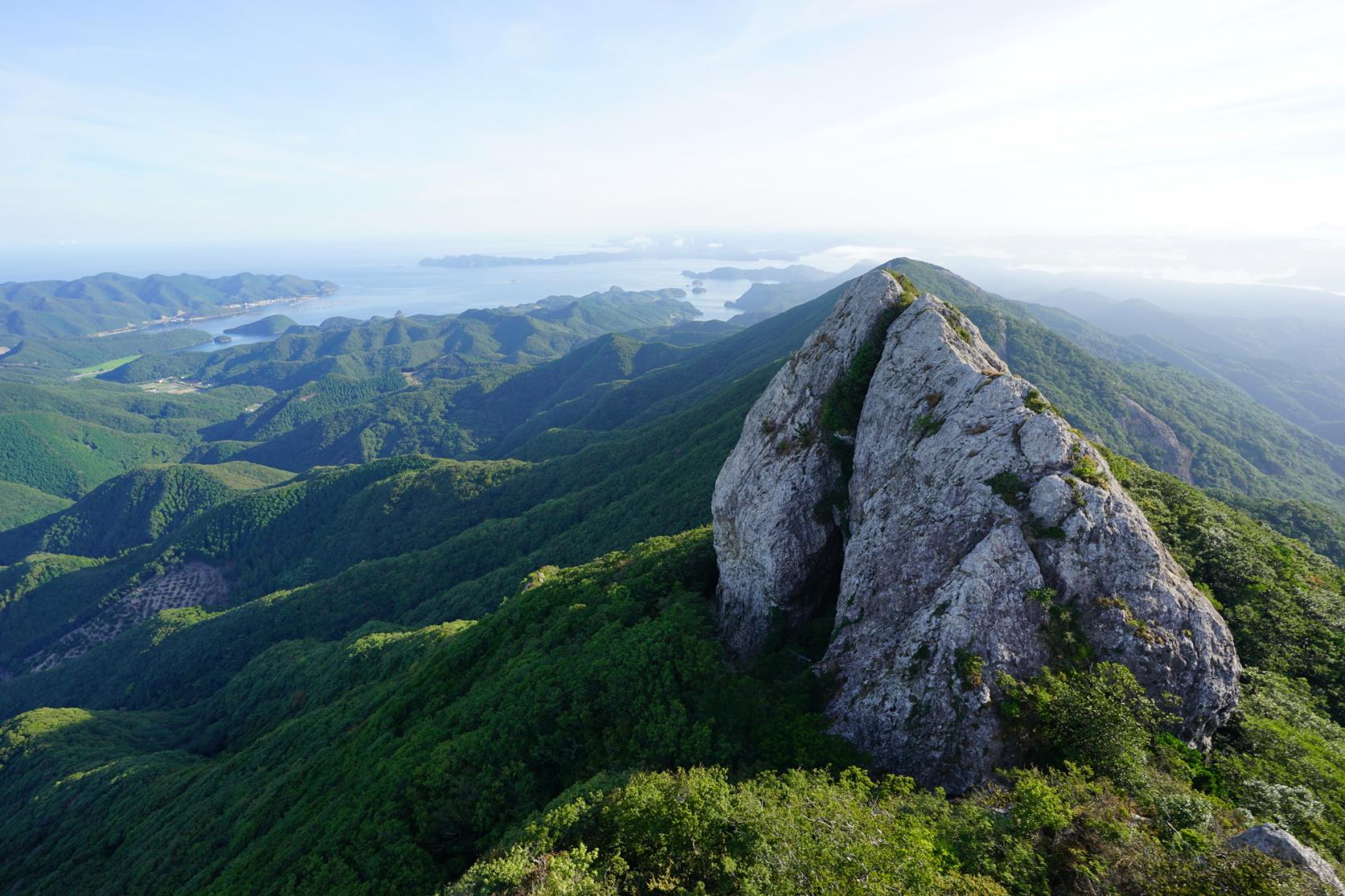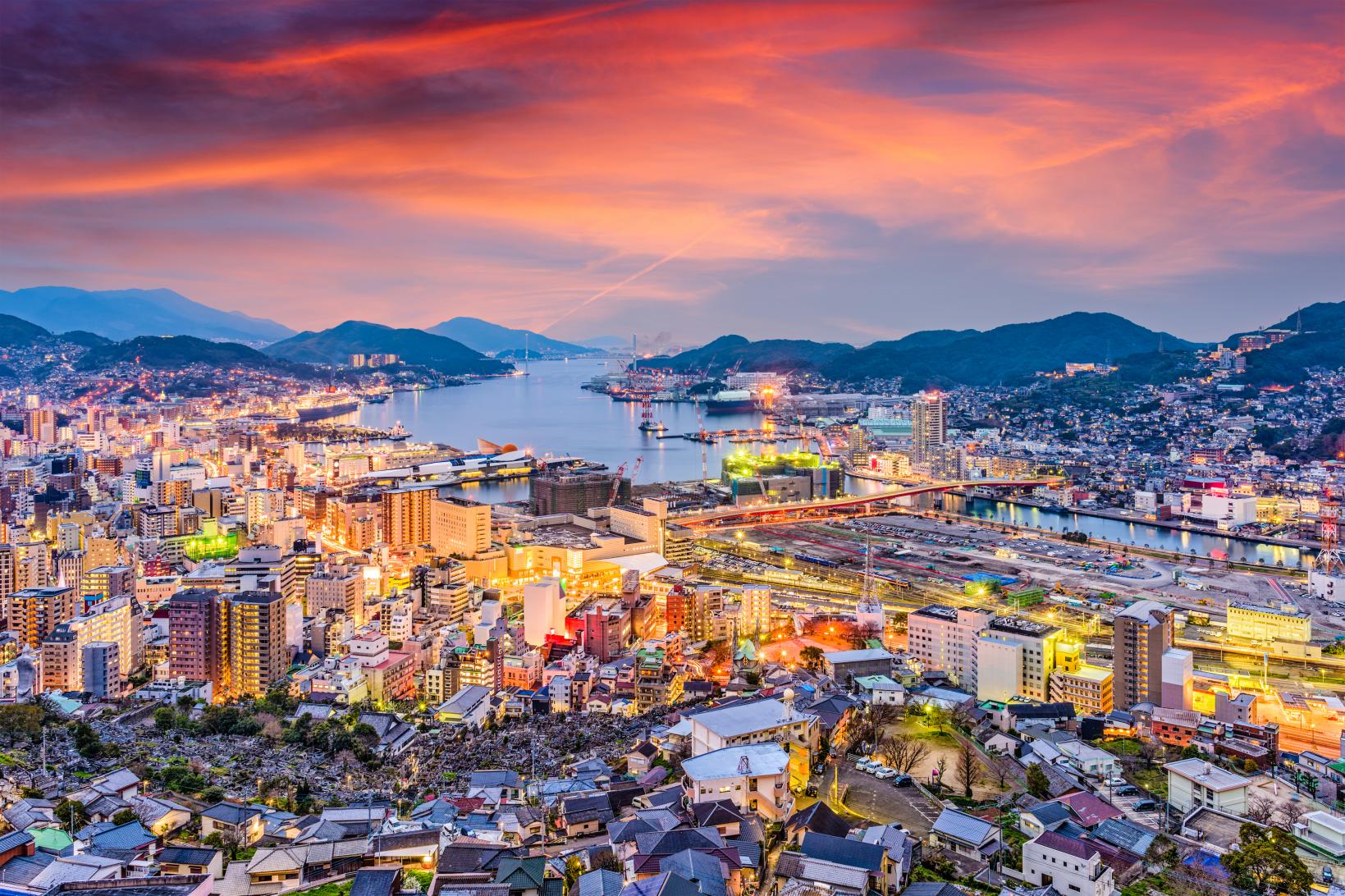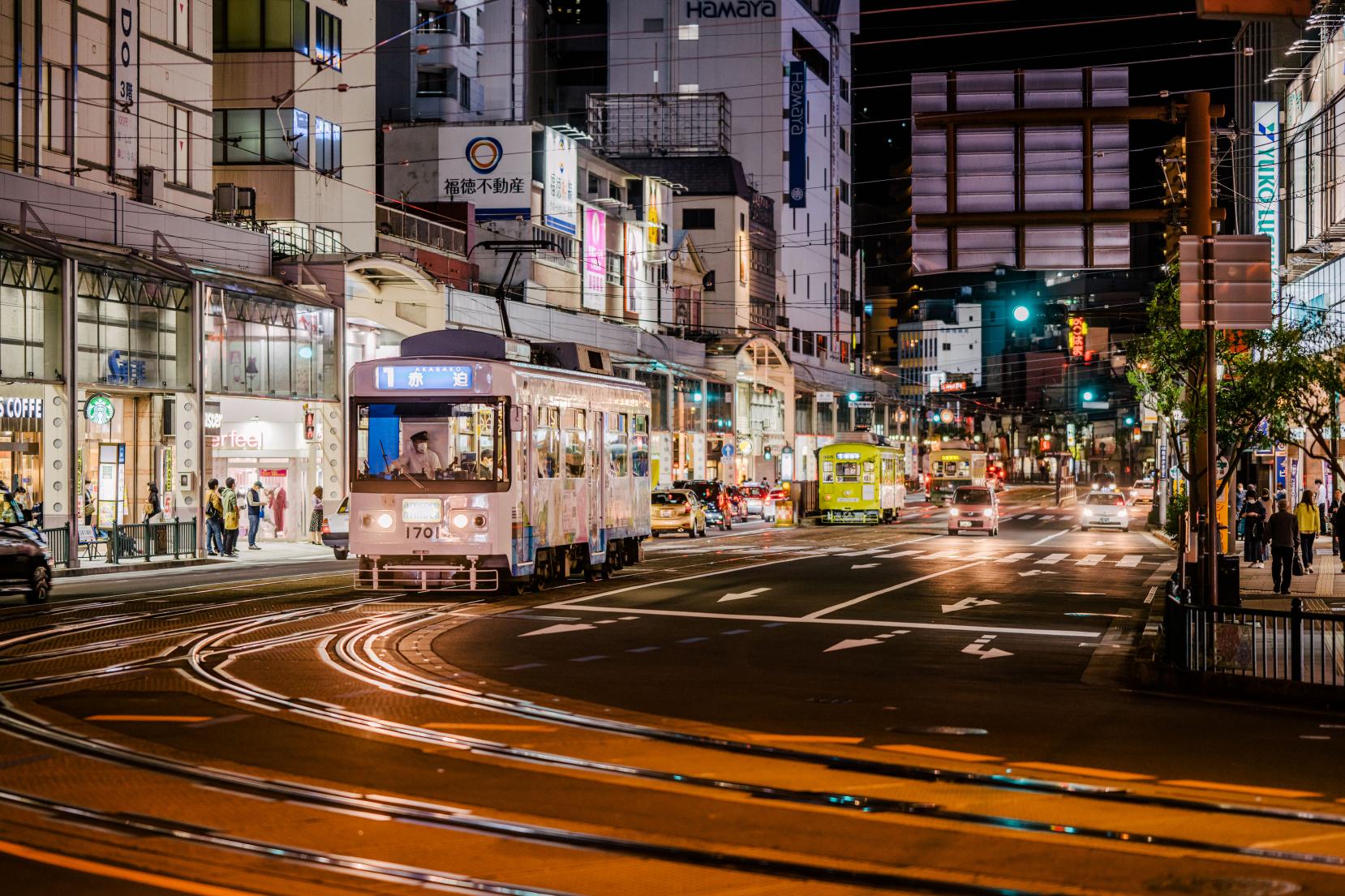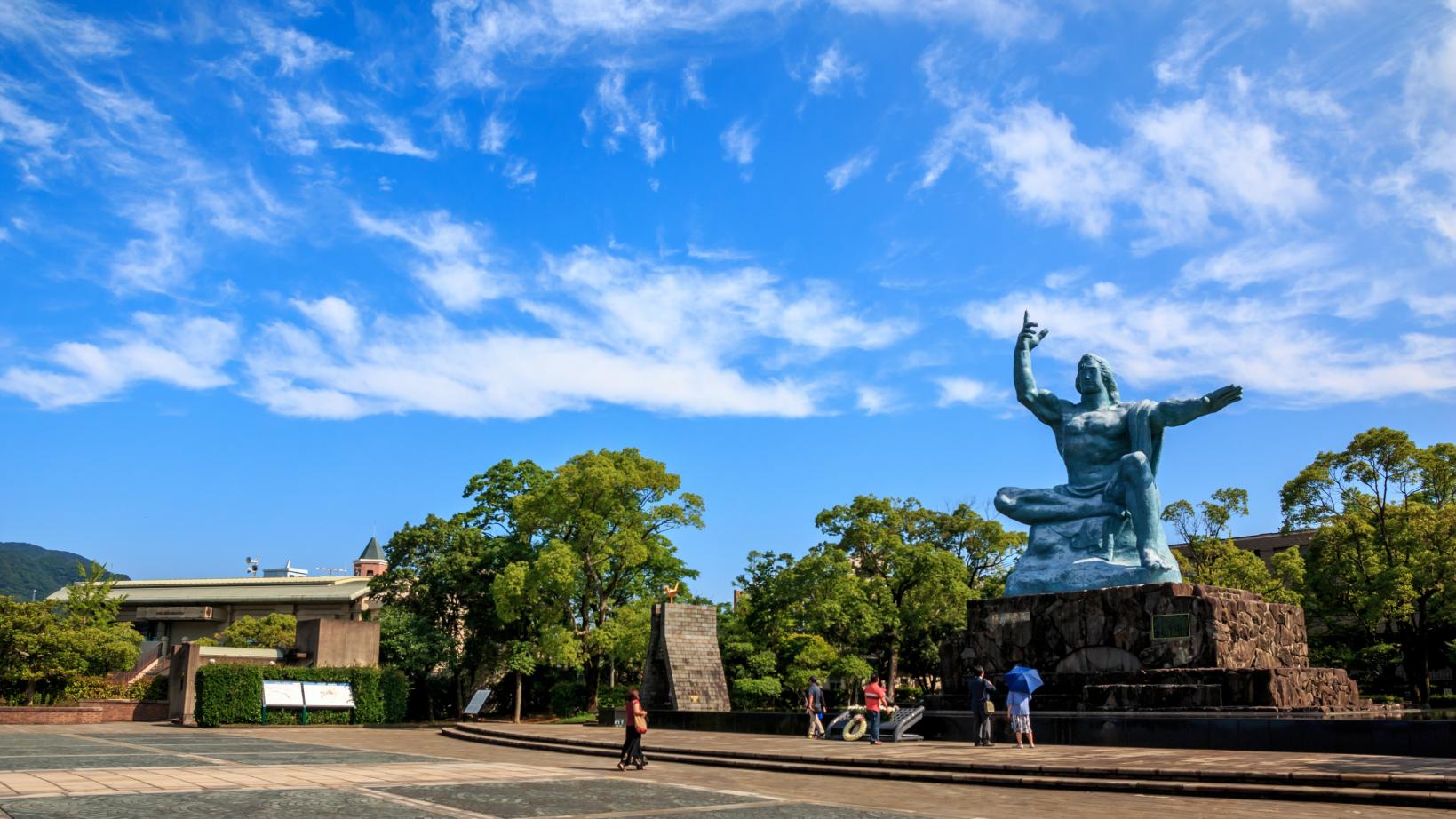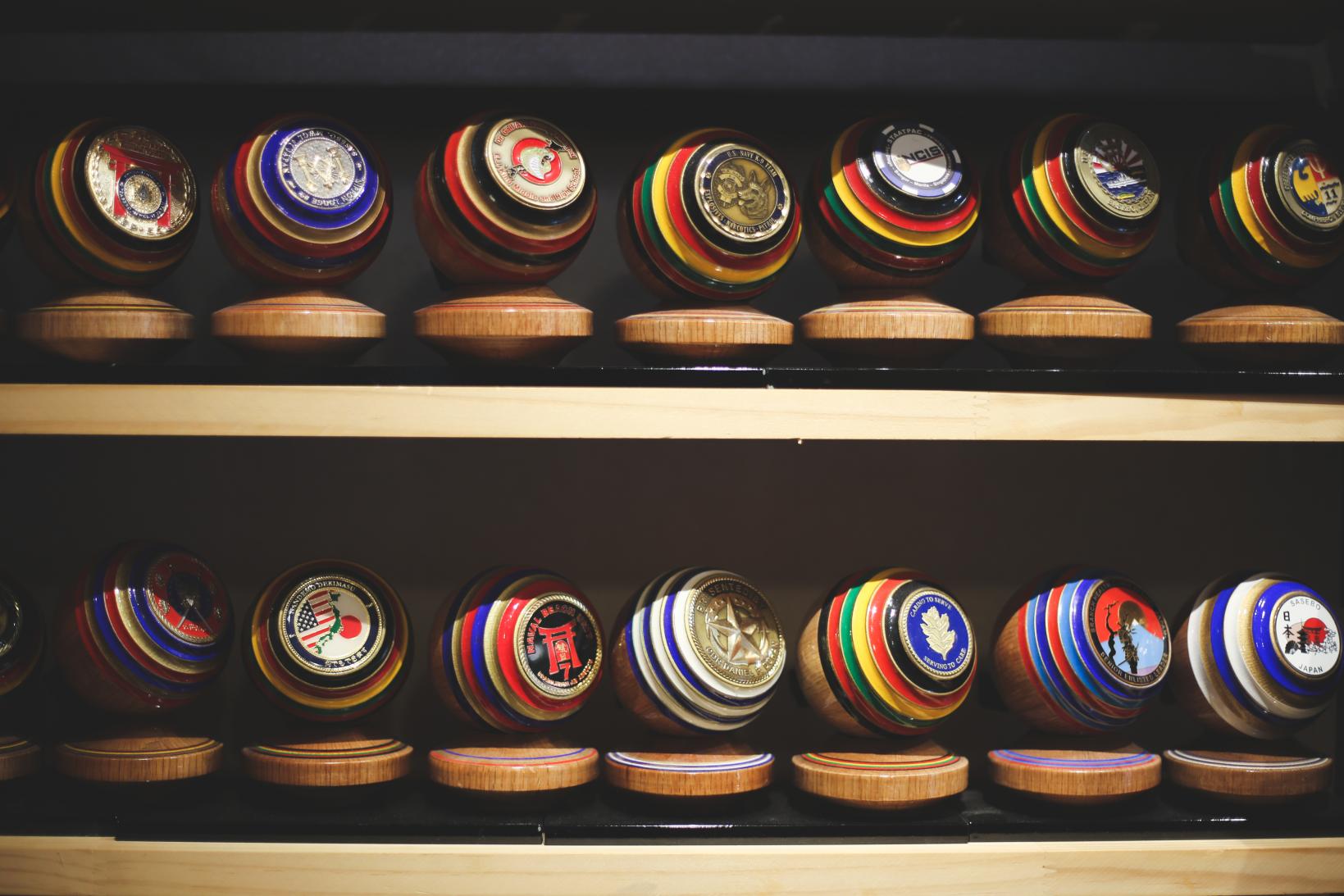
Top Must-Try Experiences in Nagasaki Prefecture
Since the beginning of foreign trade in Japan, Nagasaki Prefecture has been an important link between the country and East Asia. When you aren’t learning about history, what is there to do in this vibrant region located on the east coast of Kyushu? Well, Nagasaki has a rich culture worth experiencing on your next visit to Ojika island, Sasebo city, Higashisonogi and Nagasaki city.
Create and Press an Original Postcard at Ojikappan
While the letterpress was invented and developed in Germany five centuries ago, it is said that Nagasaki is the birthplace of letterpress in Japan. It all started when Shozo Motoki, a stationery lover who adored European letterpress so much he opened the first letterpress training school in Nagasaki in 1869. This marked the beginning of modern printing in Japan.
Ojikappan is an independent company that specializes in the craft located on Ojika island, Nagasaki. It is run by Momoko Yokoyama, whose main mission is to maintain letterpress as a cultural heritage in addition to making it a business. Yokoyama’s parents, who work at letterpress company Shinkosha, also on Ojika island, have been in the letterpress business for generations. After studying design in university and working in Tokyo for a year, Yokoyama felt a call to return to her home island. Letterpress, which never really interested her, suddenly had so much appeal. Letterpress is going through a revival in Japan, with more artists, creatives and companies interested in letterpress business cards.
Yokoyama also started organizing workshops. Curious travelers will create and press their own postcards to take home. This workshop is not easy but it is especially rewarding, says Yokoyama.
Landscape Your Own Rock Garden at Chouju-ji Temple
Not to be confused with the Chouju-ji Temple in Kamakura, this Chouju-ji Temple is located in Ojika island. The temple is famous for its Japanese rock garden and Zen meditations sessions hosted by the resident monk.
Visitors can participate in group meditation sessions or try their hand at landscaping a rock garden on the temple grounds. Landscaping using only a rake is difficult and requires a great deal of patience and concentration. If you’ve always wondered just how much work goes into those beautiful rock gardens, this is your chance to find out.
Paint Your Own Sasebo Koma (Spinning Top) at Sasebo Koma Honpo
The Nagasaki craft Sasebo koma (or Sasebo spinning top) is traditionally modest with its decorations, with only five colors making up the stripes on its lower half. Nowadays though, you can find vibrant Sasebo koma with contemporary designs. These spinning tops are said to have Taiwanese and Indian origins, though they originally arrived in Japan via trade with southern Chinese merchants. Sasebo koma are believed to bring luck and good health if they are spun for a long time.
Sasebo koma make for a lovely decoration on a bookshelf or desk and is a sure way to be reminded of your travels. Painting your very own can be a great activity to do when in Sasebo. Luckily, Sasebo Koma Honpo hosts regular workshops where travelers can learn more about the craft.
Sasebo Koma Honpo is run by the Yamamoto family, a family of craftsmen who have dedicated themselves to transforming Sasebo koma into a recognized Nagasaki craft. Sasebo koma painted at this shop are made from materials sourced from Nagasaki Prefecture and any wood scraps discarded during the production process are used to protect local tea fields from frost. It is safe to say they know more than anybody about the history of this fun wooden toy.
Please note a reservation is necessary for groups of 10 people.
Learn How to Make Sushi From Scratch
If you’re interested in learning more about Japanese food, you can try your hand at making your own sushi under the guidance of a professional sushi chef. Making sushi takes years of training under rigorous mentors, and while you won’t come out of this workshop a fulfilled shokunin, you’ll be much, much closer than most of us. In this workshop, you can learn how to prepare sushi at home. You’ll also learn to make dashimaki, or Japanese omelette. This slightly-sweet but protein-rich snack is a staple Japanese street food all over the country.
Become an Expert on Japanese Tea
Nagasaki’s history in trading feels especially strong when it comes to the history of tea in Japan. Historians agree that the first tea seeds were brought over from China sometime during the Nara period (710–794) and delivered to Buddhist monks in Kyushu. Cultivation to a degree similar to what we see today is known to have started in Hirado city. Being one of the first ports to reopen to European trade in 1610, Hirado also served as a point of export. It is then that Japanese green tea was first introduced to Europe.
According to the Global Japanese Tea Association, “Currently Nagasaki ranks No.12 in tea production in Japan, and in 2020 produced 578t of tea. Over 60% of Nagasaki’s tea is made in Higashisonogi.”
If you love Japanese tea and are eager to learn more about its production and history, consider participating in this experience hosted by Nagasaki Ikedoki Tea. From learning more about the plants behind the beverage, to testing your taste buds and palette to a wider variety of tea, go home one step closer to becoming a tea expert. The experience also includes a traditional Japanese tea ceremony.
The experience is lead by Yasuharu Matsumoto, a famous certified green tea instructor and board member of the Global Japanese Tea Association. For the last 17 years, he has been promoting tea, tea farming and tea tourism in Japan with an enthusiastic and entrepreneurial spirit. On the Nagasaki Ikedoki Tea initiative, he says: “I see great potential in the rich nature and outstanding landscape of Higashisonogi.”
“Ikedoki” is a local expression referring to a break from farming or tea time, which shows the profound relationship between the area and tea.
Another point worth mentioning is the amazing location. Most tea farms are located more inland, but this one is close to the ocean and is considered to have one of the most beautiful landscapes in the area.
Walk Around in a Kimono
Nagasaki is as good as any other place in Japan to put on a kimono and go for a stroll around the neighborhood. But while wearing a kimono makes for a great photo session, the traditional garment is often heavy and hot to wear while wandering around.
Nagasaki Haikarasan, a kimono rental store in the city, understands this and thought of a creative solution: kimono-like clothing that will make you feel pampered – the way kimonos are meant to make you feel – but provide the comfort you need for a fun excursion around Nagasaki. Their kimono take about five minutes to put on and another five minutes to take off, maximizing your time in the city.
SHARE
NEXT



